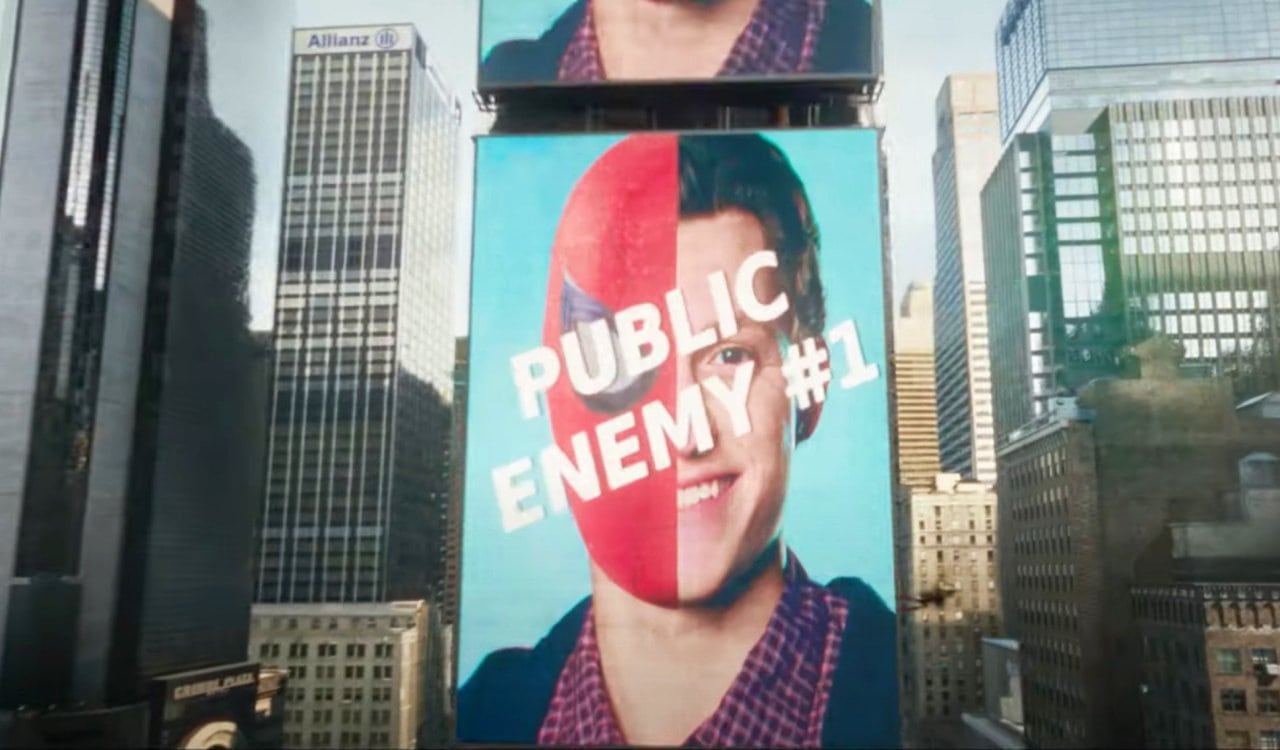With the recent news that Deadpool 3 will be headed to theaters in September 2024, fans were immediately excited to hear the beloved character would make his first MCU appearance. Yet this was ramped up even more with the news that not only would Wolverine also make his MCU debut alongside Deadpool, but Hugh Jackman will be reprising the Wolverine role too. This takes place in Phase 5 of the marvel cinematic universe, yet we’re currently within Phase 4 of the MCU timeline. It has been the most divisive of all Marvel Studios phases so far. What is so sad about all of this is that, well, we can see why so many dislike it.
If you ask fans what they think about some of the films or shows in Phase 4, you’ll get a variety of answers. Most of the time, fans will want to talk about the things they loved about each film or show. However, when you ask people what they are most excited about…they won’t normally discuss Phase 4 content. Rather, they’ll want to discuss all the big stuff coming in Phase 5 of the MCU. Out of all of the Marvel Studios phases, this is the first time fans just wanted to move on from a specific phase entirely. While a lot of good stuff happened or is happening within it, there are legitimate reasons to despise this phase. Let’s dive into some of them below!
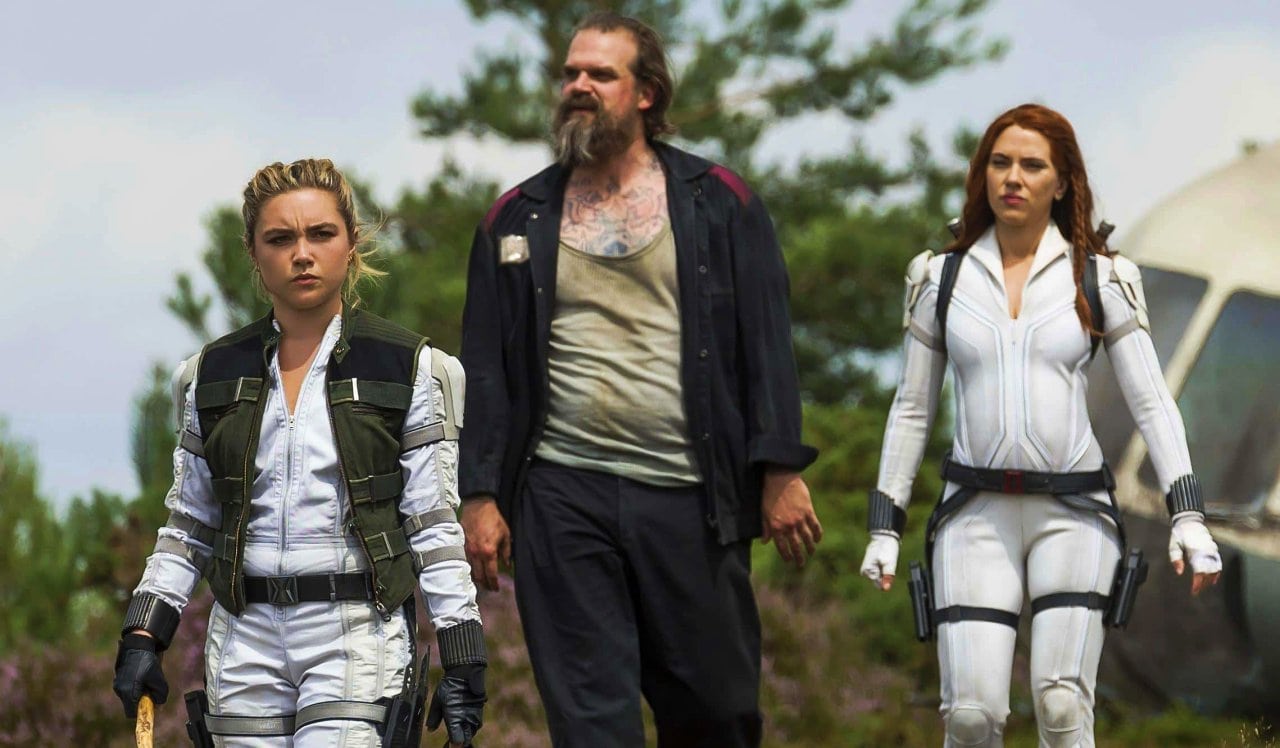
What Does Marvel’s Phase 4 Involve?
There are several movies and shows that are part of the Phase 4 system. The movies included in Phase 4 are The Eternals, Black Widow, Shang-Chi and The Legend of the Ten Rings, Spider-Man: No Way Home, Doctor Strange in the Multiverse of Madness, Thor: Love and Thunder, and Black Panther: Wakanda Forever. This is the first phase to include several television shows as well. Those in this same phase include WandaVision, The Falcon and The Winter Soldier, Loki, Hawkeye, Moon Knight, Ms. Marvel, and She-Hulk: Attorney at Law. The fact that the Marvel Studios phases will include shows going forward is great, but it can also become a problem too.
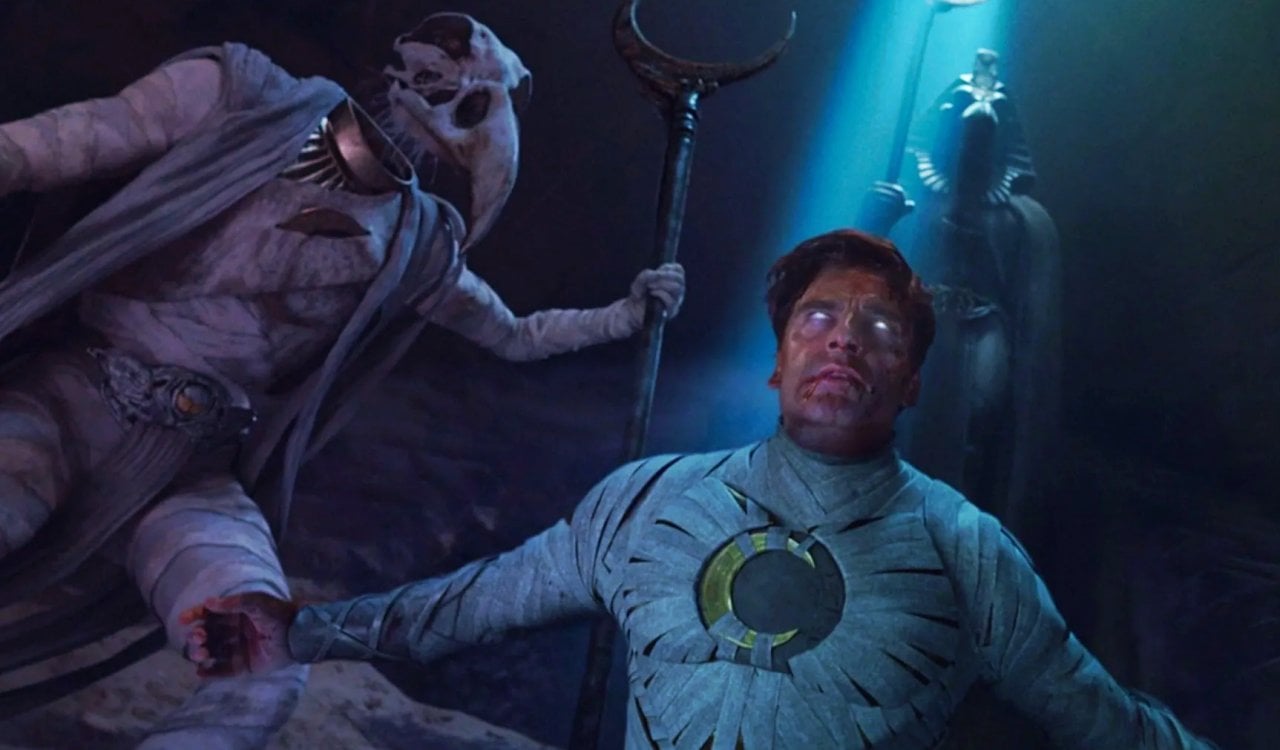
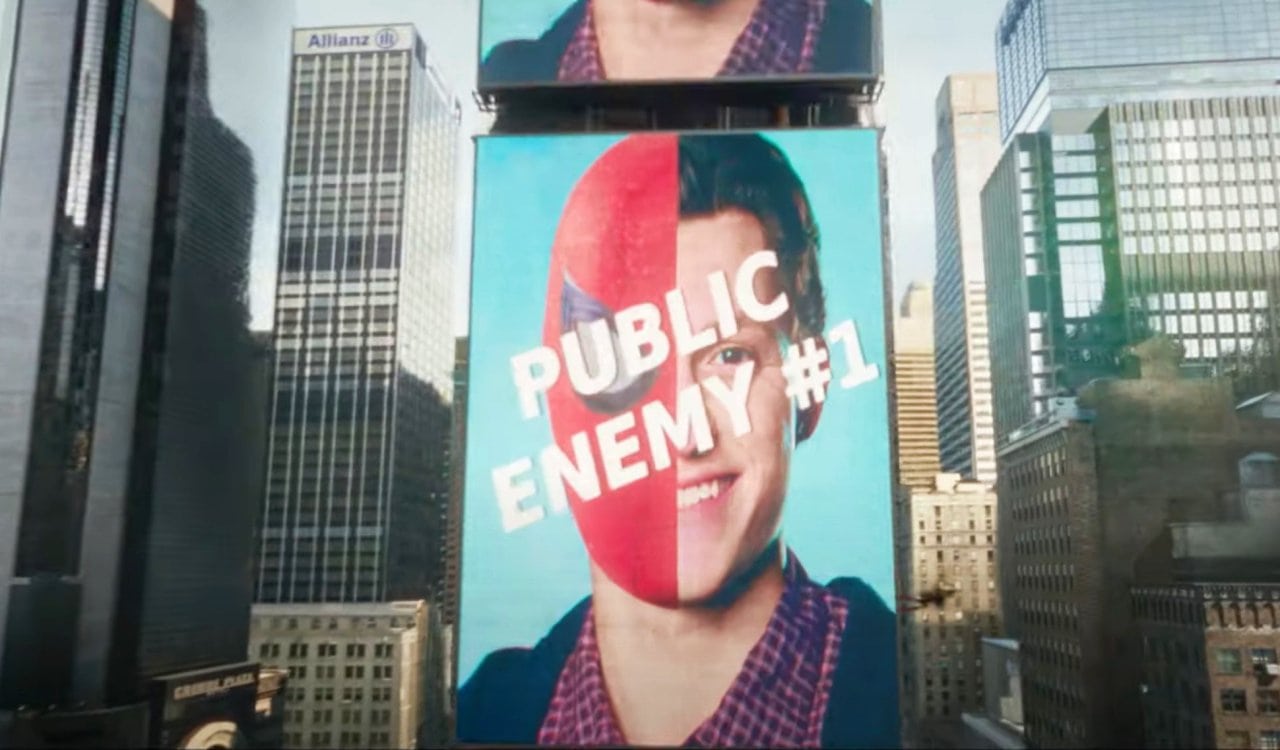
Phase 4 Is All About Guilt and Consequences
Let’s face it, after the events of Avengers: End Game, there were going to be a lot of things one needed to consider. Not only would specific characters die off, only causing major consequences… but some characters will feel guilty for not doing enough. Others will feel guilty because, while they did a lot, they did not save the lives of those that they loved. There are also consequences for every action that takes place and this cannot be erased. People will clearly understand now that, while powerful people can help the world, they can also hurt it. Now, there are also several major weapons or experimental methods to attain superpowers.
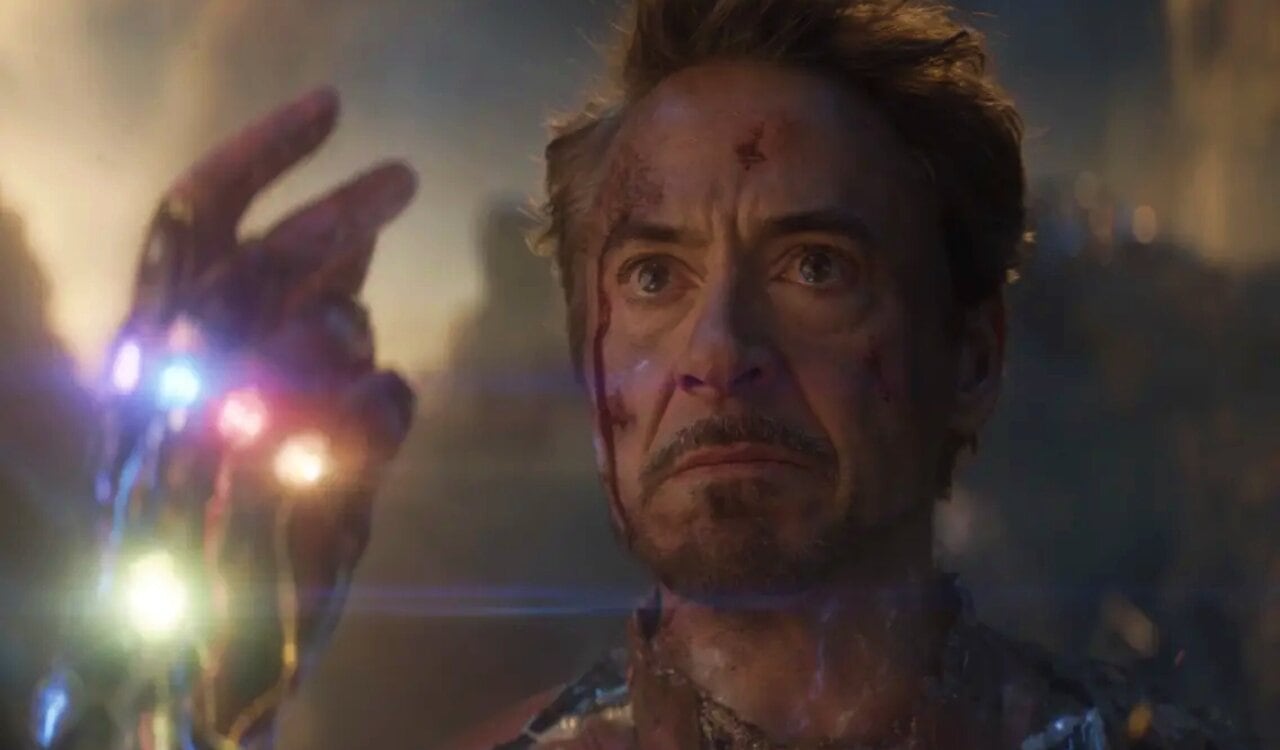
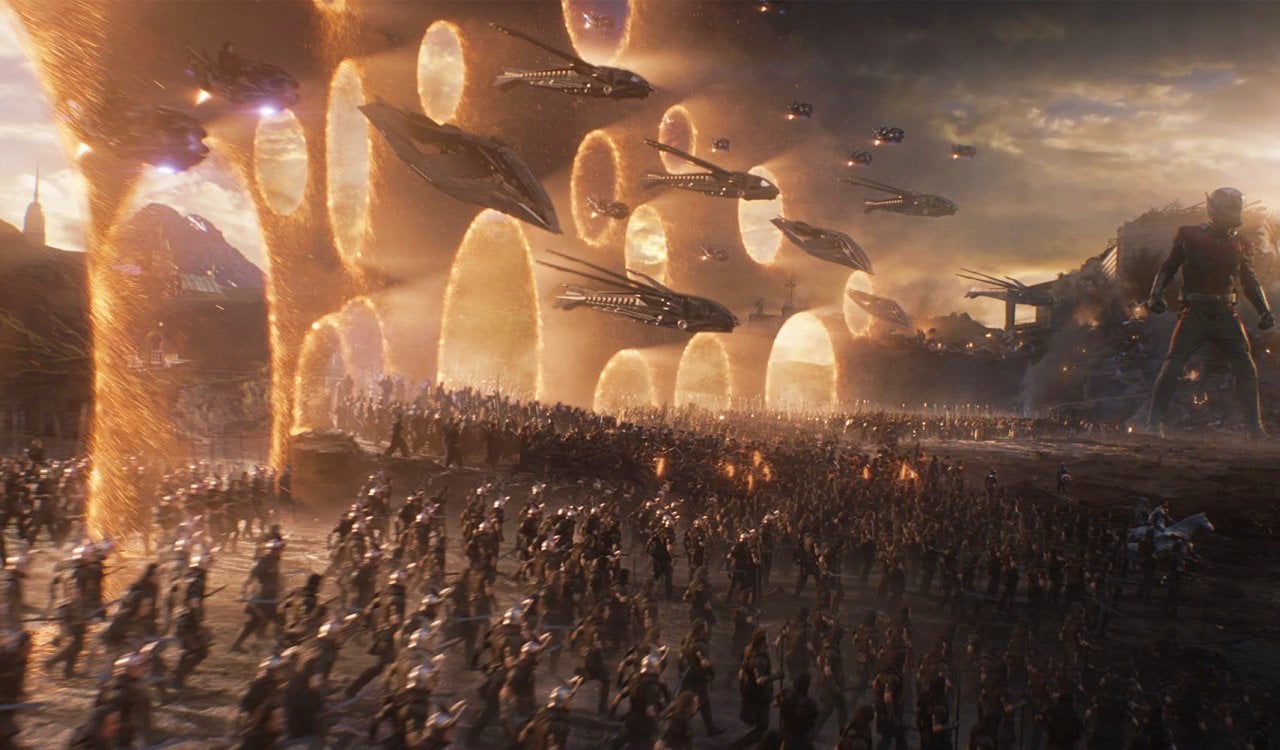
Avengers: Endgame Made Moving On Much Harder
After the events of Avengers: Endgame, there was always going to be a lull period. Marvel Studios spent a decade building up to this climactic two-part film that was set up absolutely perfectly. The storytelling was so good that you can look back at little tidbits from the movies and see how they mattered. Even some of the things that seemingly meant nothing. However, after spending all this time building up to Thanos and the Infinity Saga storyline, we must move on. It only made sense to go into some stories that were not told yet, allowing Marvel Studios to introduce new characters and potentially make them into billion-dollar IPs.
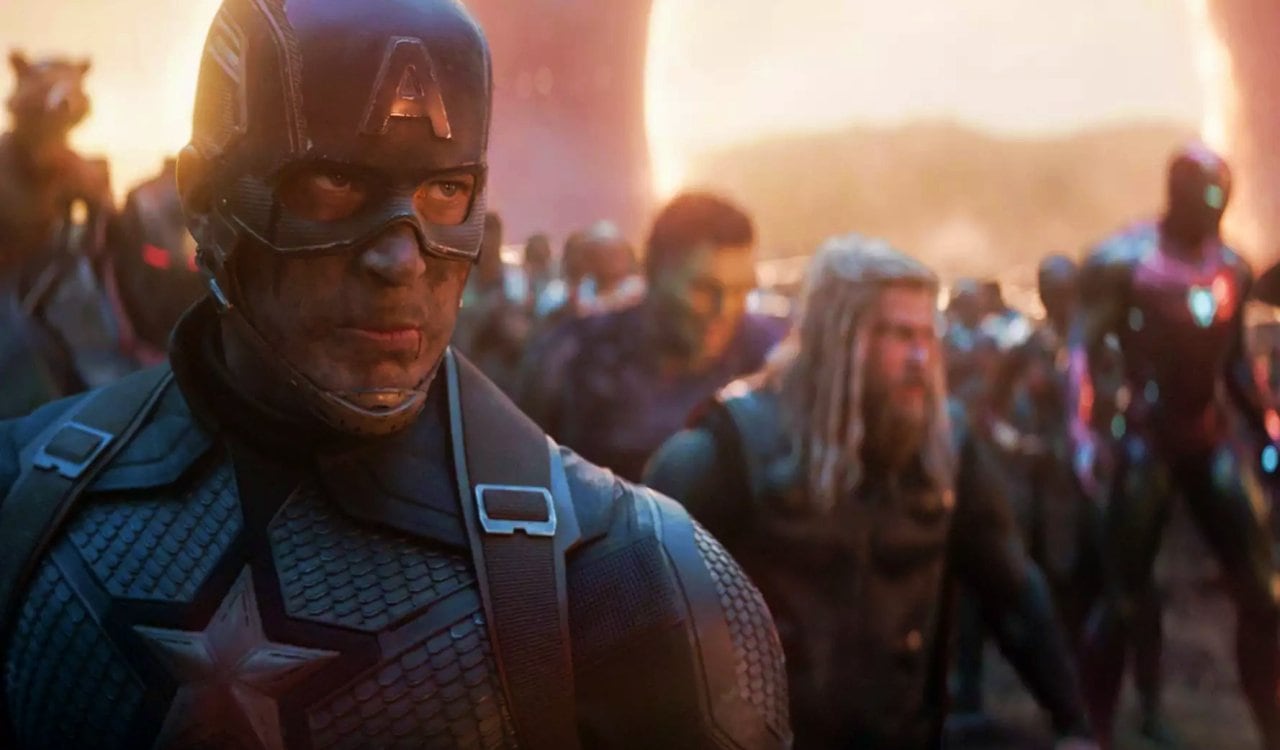
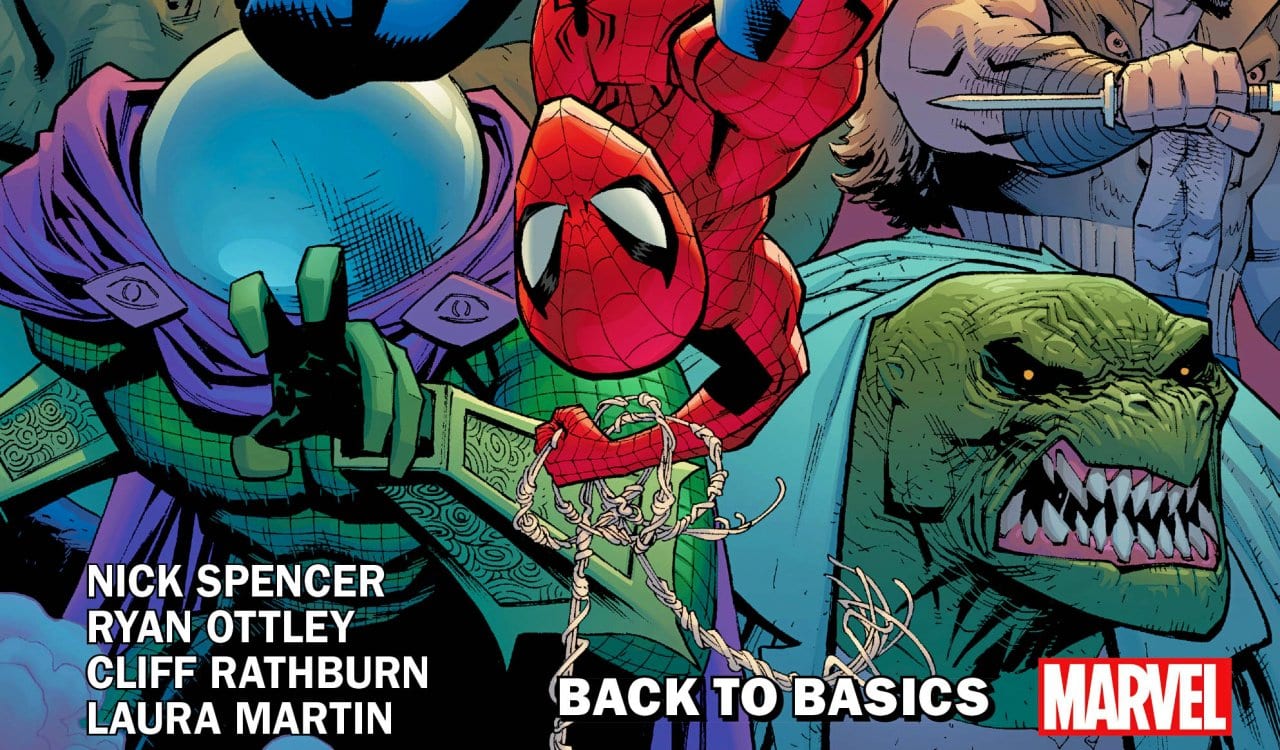
After Giant Arcs, You Go Back To Basics (And That Can Feel Boring)
While fans of the Marvel Cinematic Universe might not be as well-versed with this stuff as comic book fans, people do need to keep something in mind. Whenever a giant arc concludes in a major series in the comic book world, you have to move on. This might also lead to a new writer coming into the series to lead the character’s story in a new direction after his or her major arc. However, all of this means you have to “go back to basics,” where a character starts off moving through this new world they happen to be in. We knew the future Marvel Studios phases would have to do this. The world-building has to take place and set-ups need to be laid out.
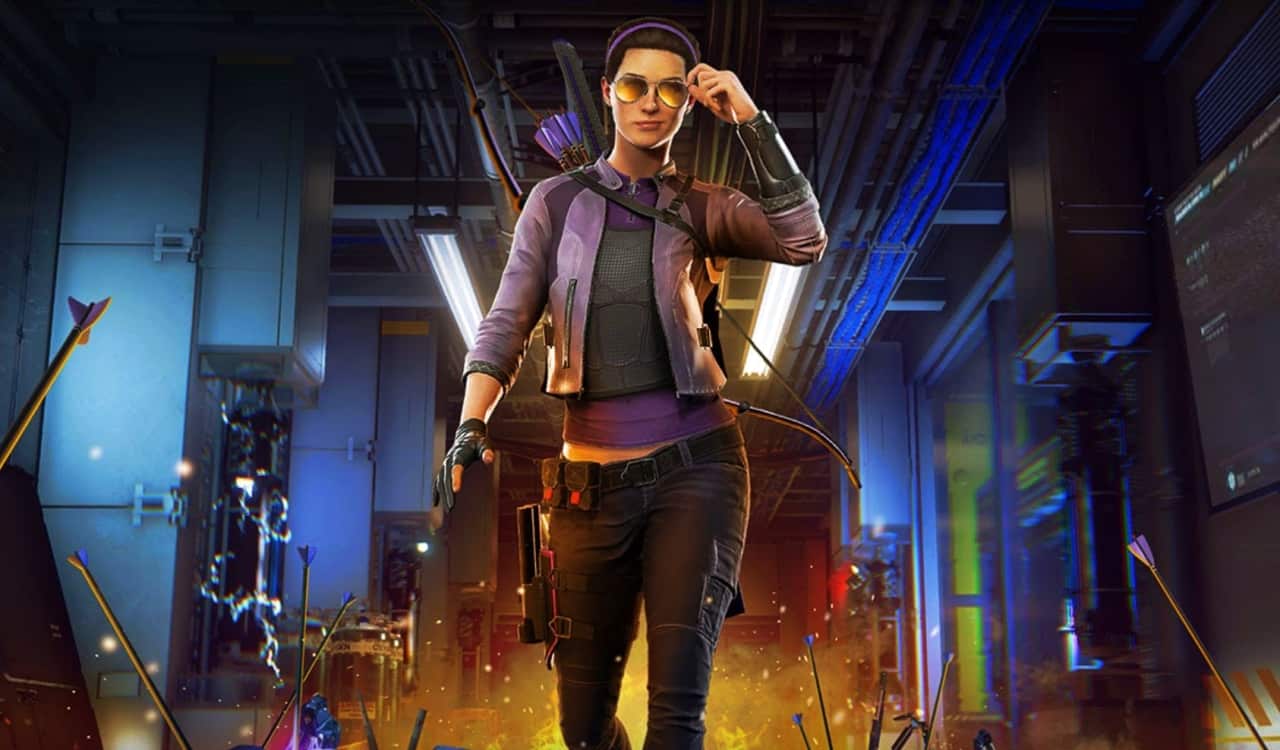
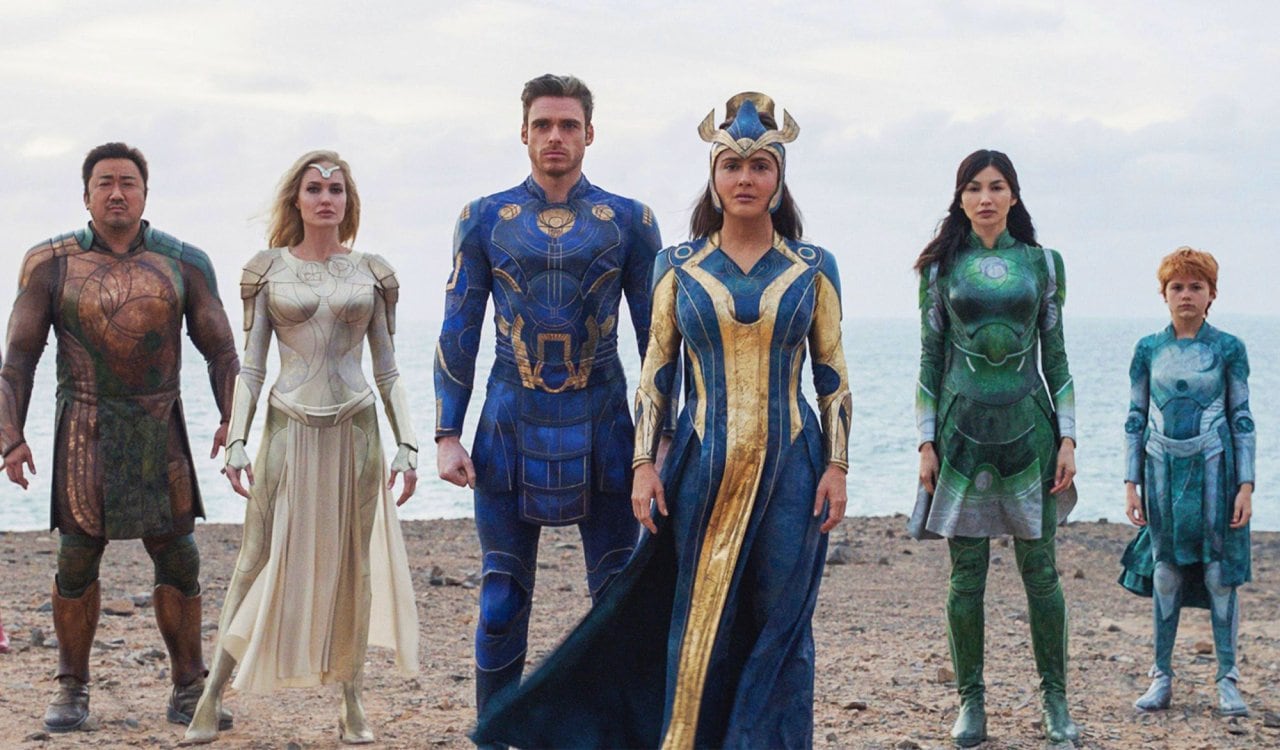
Marvel’s “Diversity” Phase
One glaring issue that other Marvel Studios phases did not consider was the lack of diversity. Sure, there were “some” black characters and “some” female representations. However, this needed to be expanded. On top of this, there are major characters that hadn’t been introduced into the MCU yet. The problem is that Kevin Fiege tried to jam all of this “diversity” into Phase 4. It was not a bad idea for the MCU to become more diverse at all, but the real issue was that most of the shows or films that were made to do this turned out to be pretty bad.

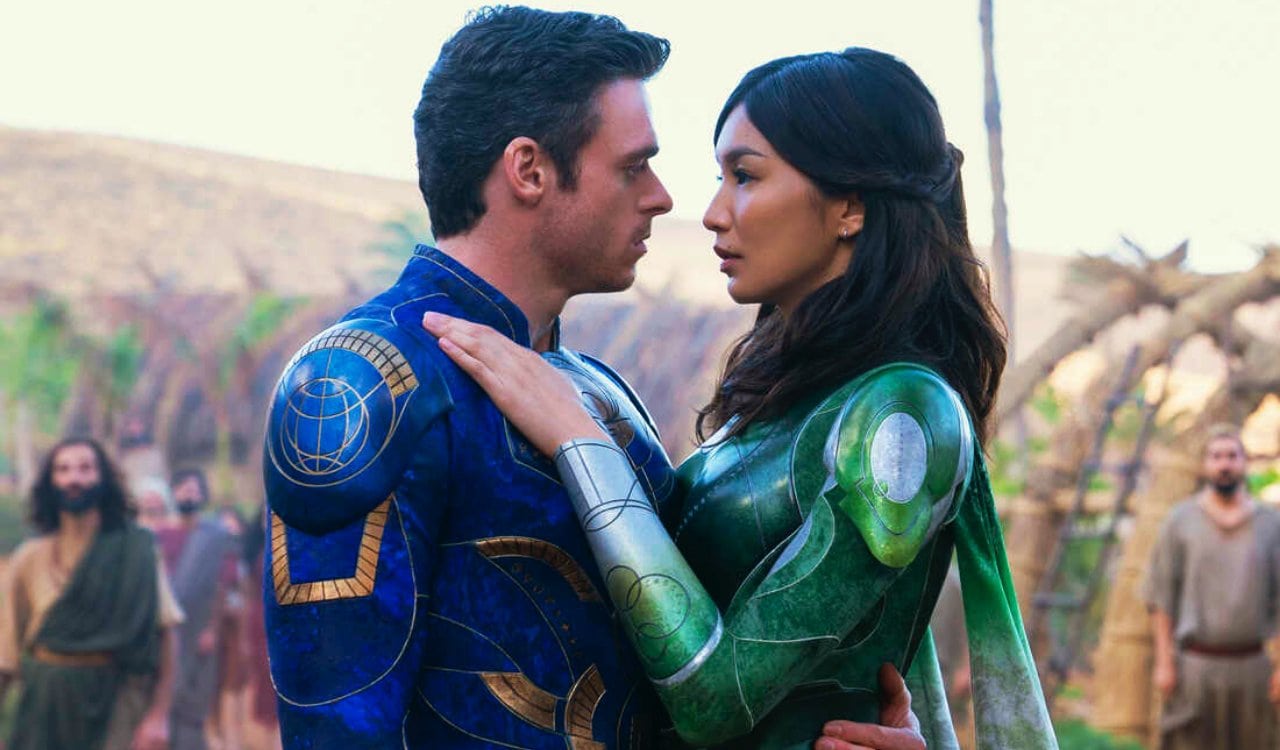
Speaking Of The Eternals
While it was understandable The Eternals were introduced, the movie suffered from a lot of missteps. It seemed like the perfect film to introduce much-needed diversity into the MCU. Sure, this would later become quite a lot – but when Eternals came out, this was not the case. We saw Asian-American character use, which was heavily needed along with the first Indian character, who came complete with Bollywood roots. Plus, the first deaf superhero in film history along with a gay character. It is pretty tough to beat the diversity of the Eternals team for sure. The question many might have is.: what went wrong? The characters were underdeveloped and we’re given very little about how they essentially “level up” in abilities.
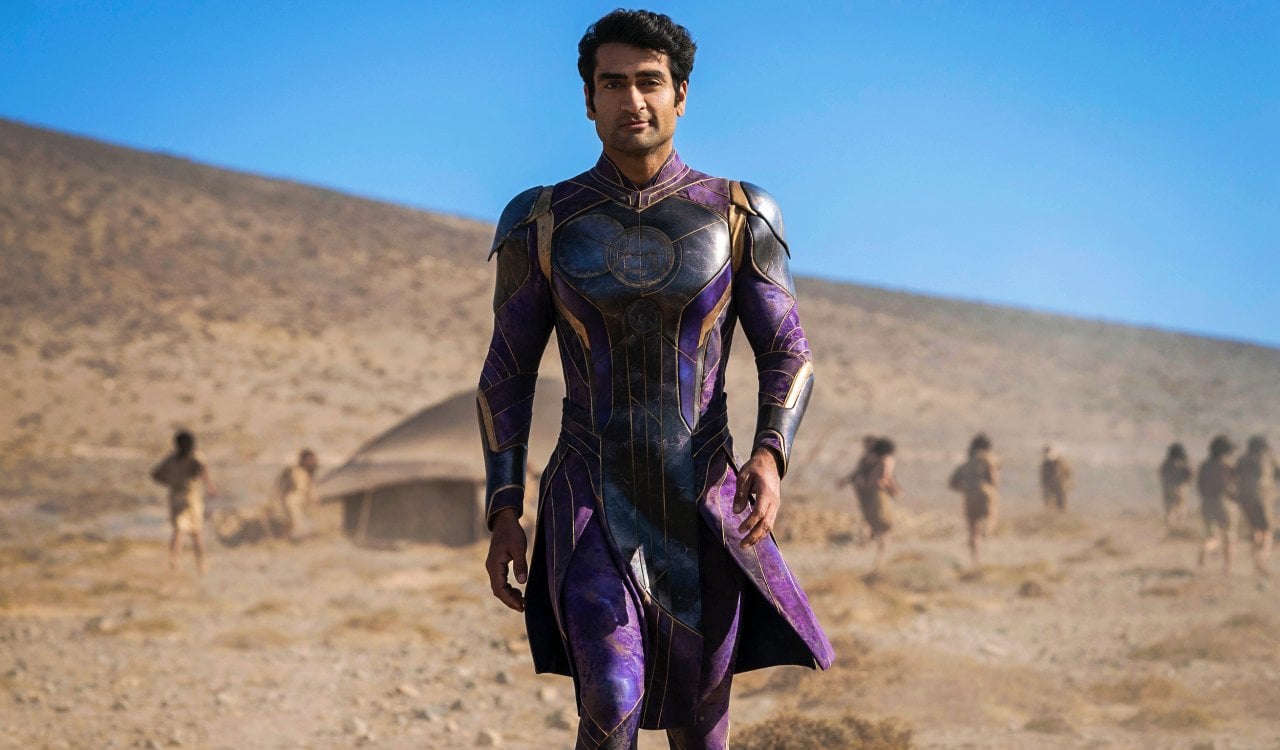
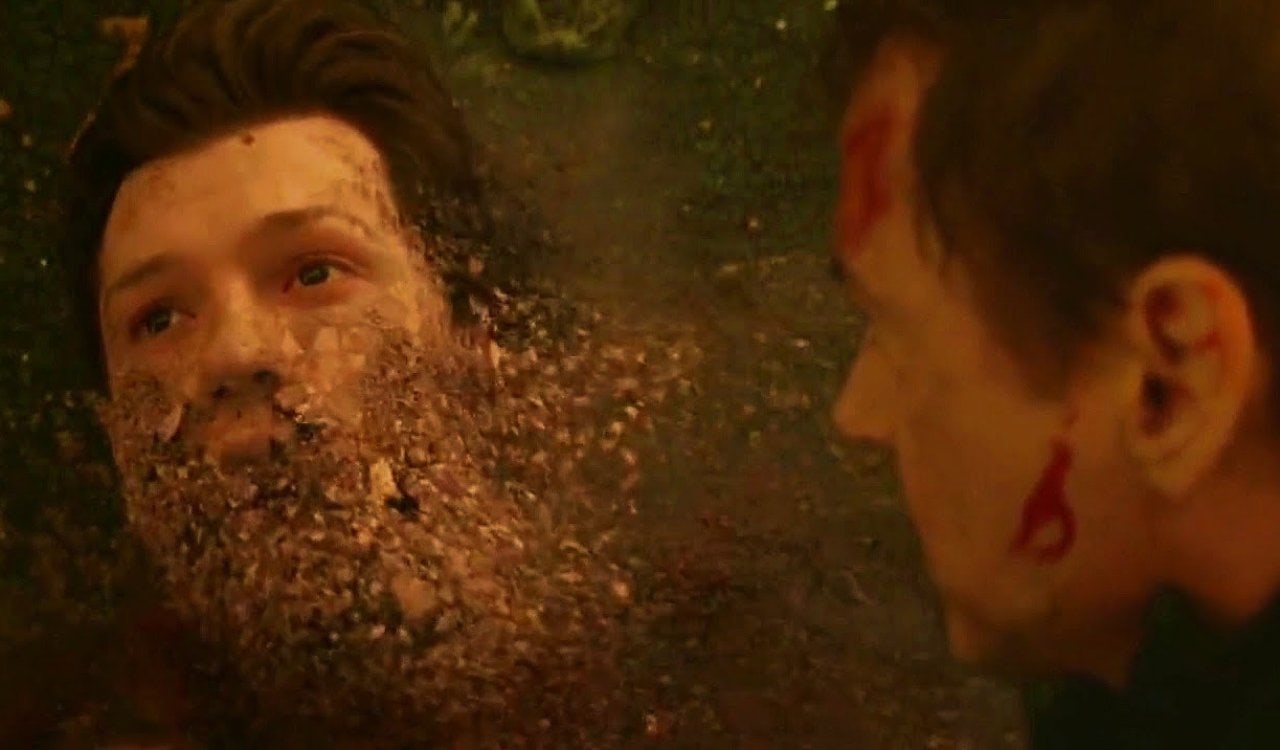
“The Blip” Affected Most Of The World
When Thanos snapped his fingers and wiped out half the life in the universe, it took five years for those lives to come back. At least, it was 5 years for those that were never affected by this. Called “The Blip,” people faded to dust only to return as if nothing happened. For them, it was only a small moment in time but those five years that passed by were pretty significant. It essentially messed up the world because people were able to get property such as homes that the “blipped” left behind. It is clear that wiping out half of all life only served to help some people while it would become a huge problem when billions of people returned. People who owned homes, cars, and even businesses suddenly lost everything.
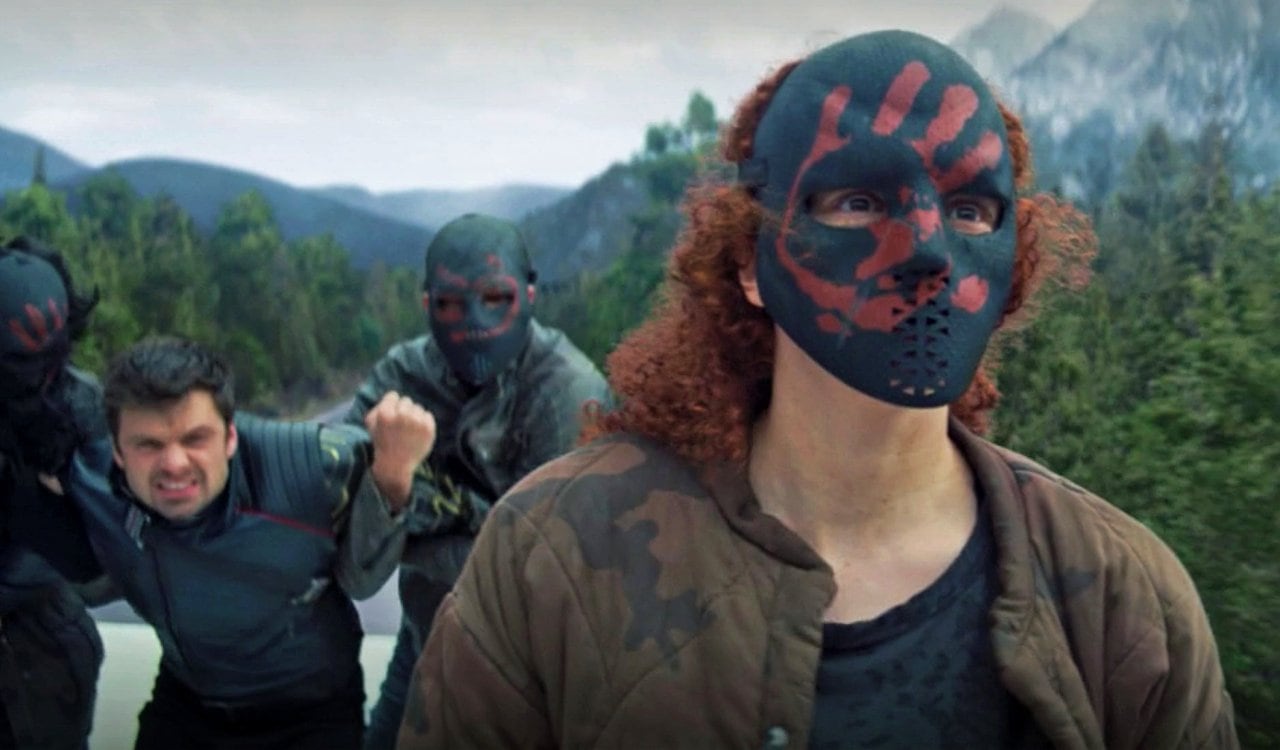
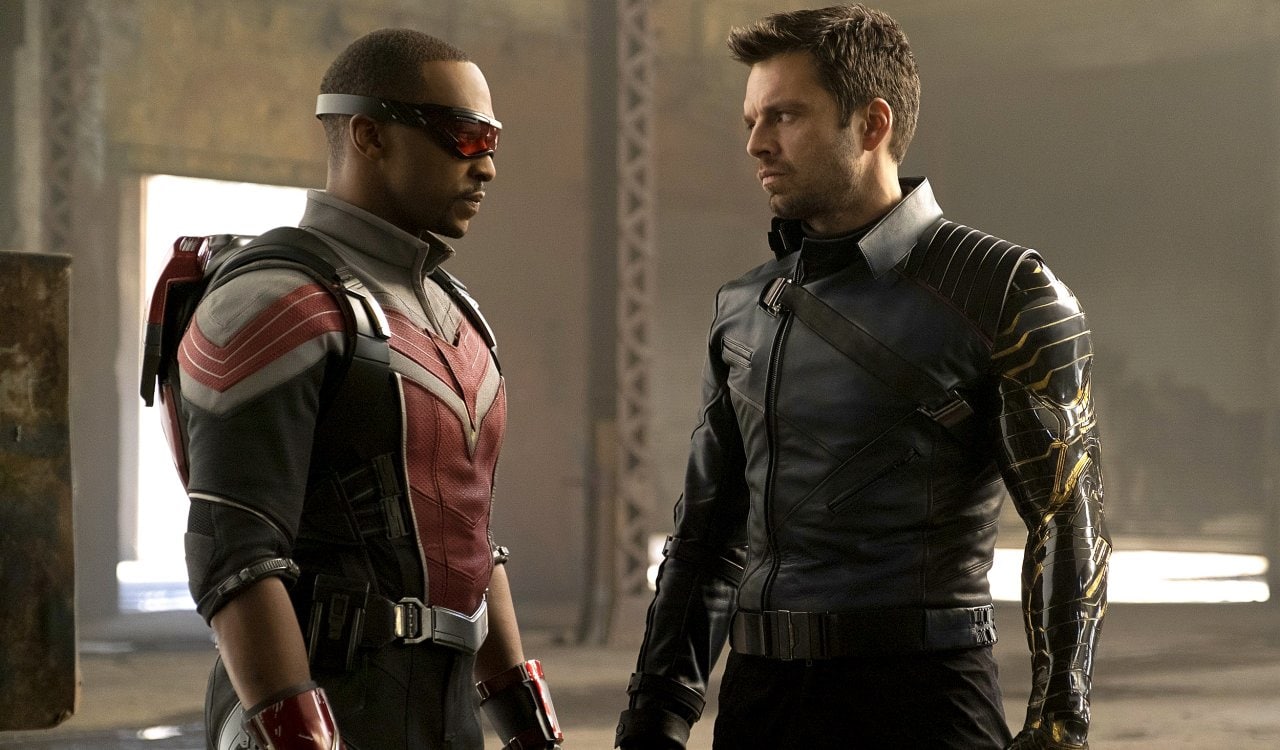
Sam Wilson As Captain America Set-Up
Sam Wilson, also known by The Falcon codename, had been a close friend and ally to Steve Rogers for years. Even as he took on his friend Bucky Barnes, aka The Winter Soldier, Sam was there to help Captain America. Wilson became an Avenger himself and was incredibly effective. The man was already a terrific soldier before taking on the “Falcon” mantle. While his story differs from the comics, this version of Sam Wilson is a terrific soldier who has obviously earned everyone’s respect. At least, that was obvious before The Falcon and The Winter Soldier show. In this show, we are given a story that does not really make a lot of sense.
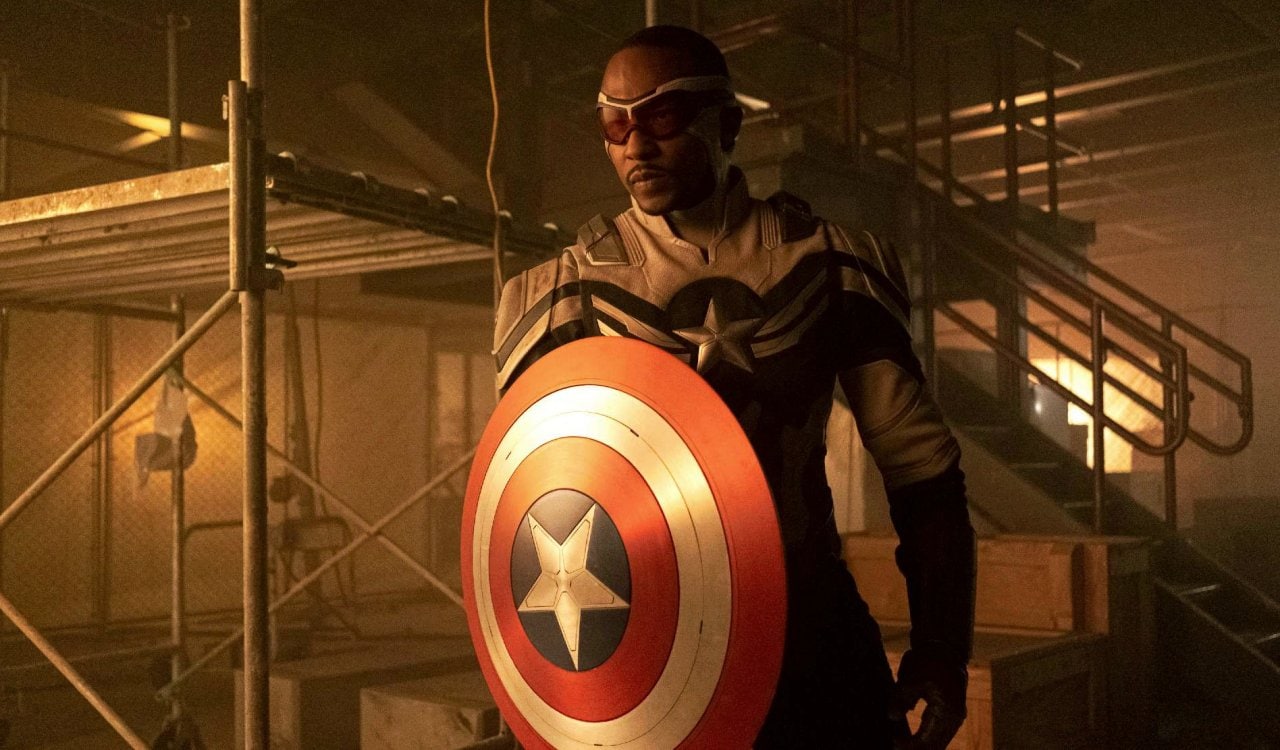
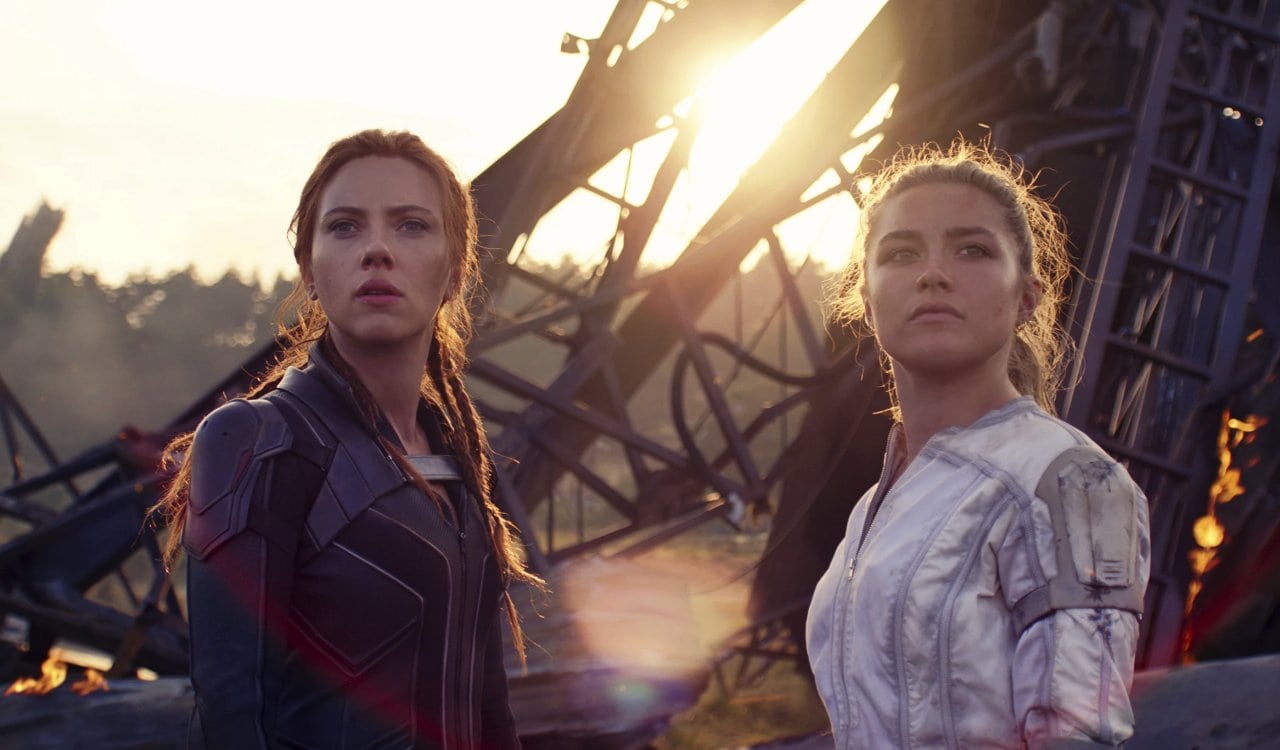
The “Bait and Switch” Problem
Have you noticed that seemingly every major male character is kind of being replaced by a female character? While you might not see it right off, this has been a huge move that took place in Phase 4. It is never a problem to introduce new female characters, especially when done well like Yelena Belova (played by the brilliant Florence Pugh). Yet when you plan to introduce them while at the same time trying to either have them replace major males in the same role, this is an issue. Let’s just examine a few instances of this. Remember how the Loki show was supposed to be about Tom Hiddleston’s Loki character? Technically, his show turned out to be a show about the female version of Loki known as Silvie. They even have him fall in love with her, essentially meaning Loki fell in love with himself.
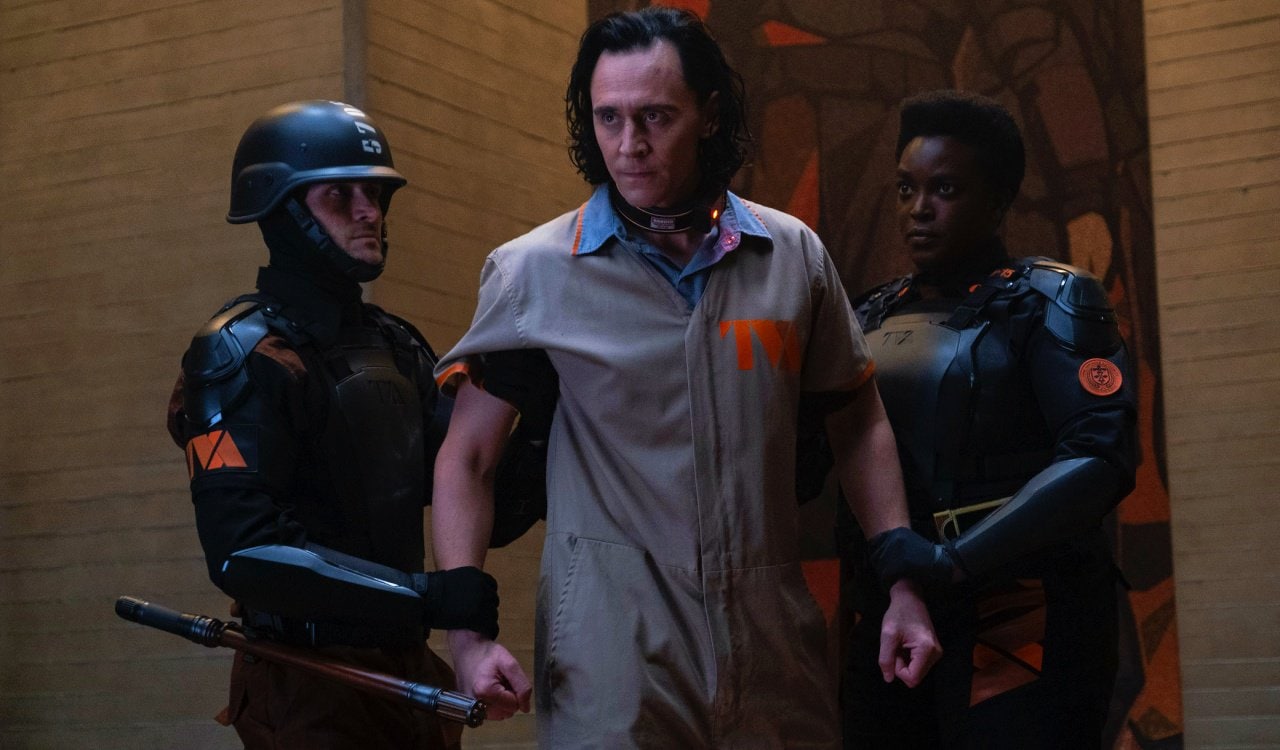
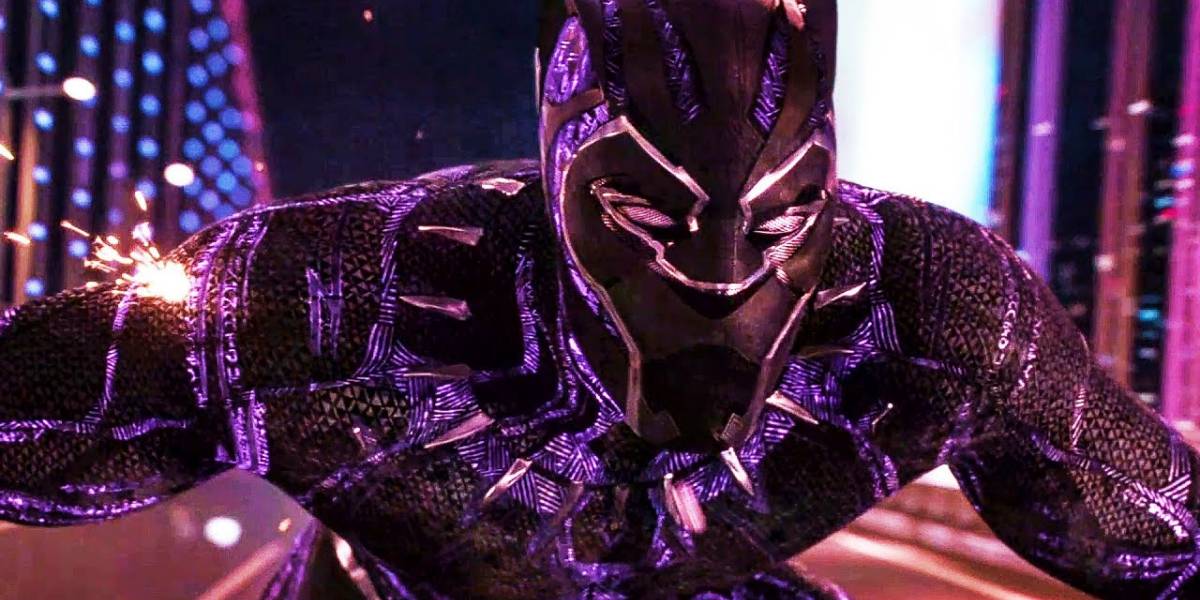
The Death Of Chadwick Boseman
It is likely pretty clear by now that Marvel Studios had larger plans in place for T’Challa in the MCU. Even if he was not going to rule over Wakanda any longer, he was likely going to be a major figure in the MCU. However, the death of Chadwick Boseman threw all of those plans out of the window. Chadwick was the actor who played T’Challa, and he was battling cancer secretly. His passing was such a shock for fans, and it changed most of the plans laid out for Black Panther: Wakanda Forever. This is the sequel to the billion-dollar solo Black Panther movie masterpiece. The plan was always to introduce Namor, and maybe someone who brings doom wherever he goes in the second film. Yet the plan was for T’Challa to be there, but that will not happen as Marvel has claimed they will not recast T’Challa.
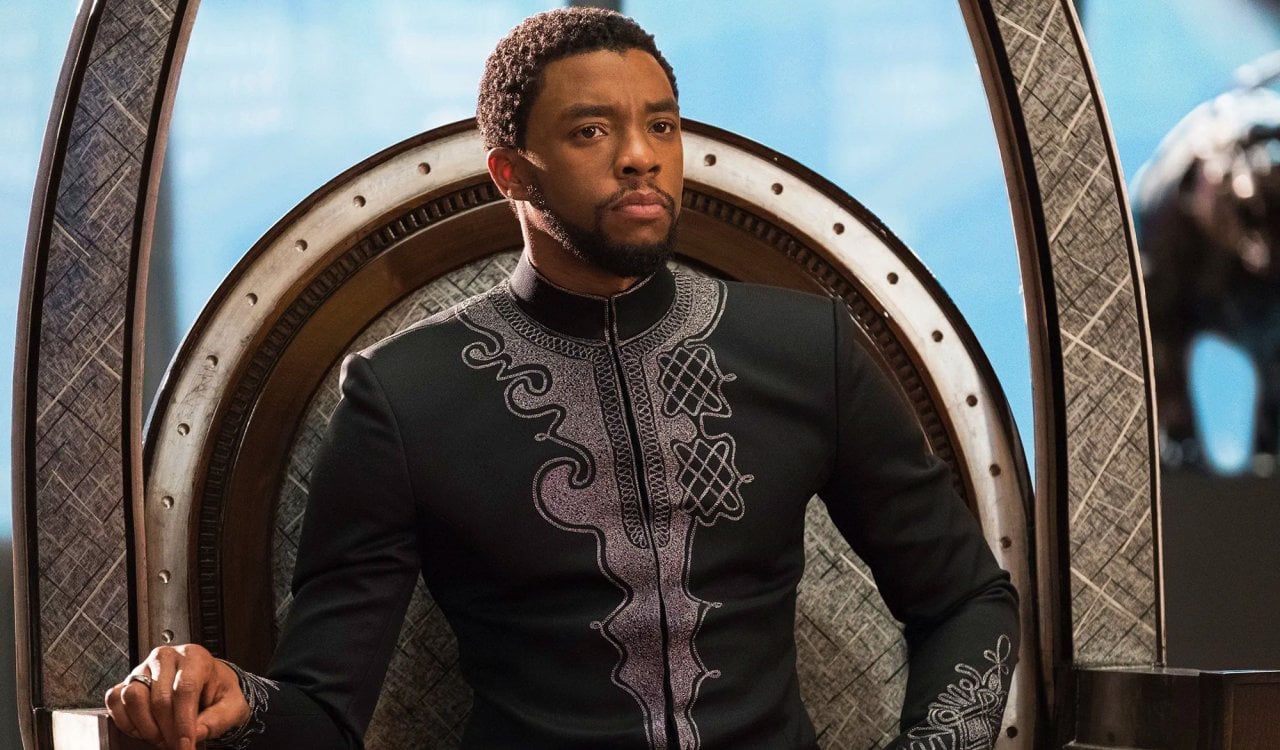
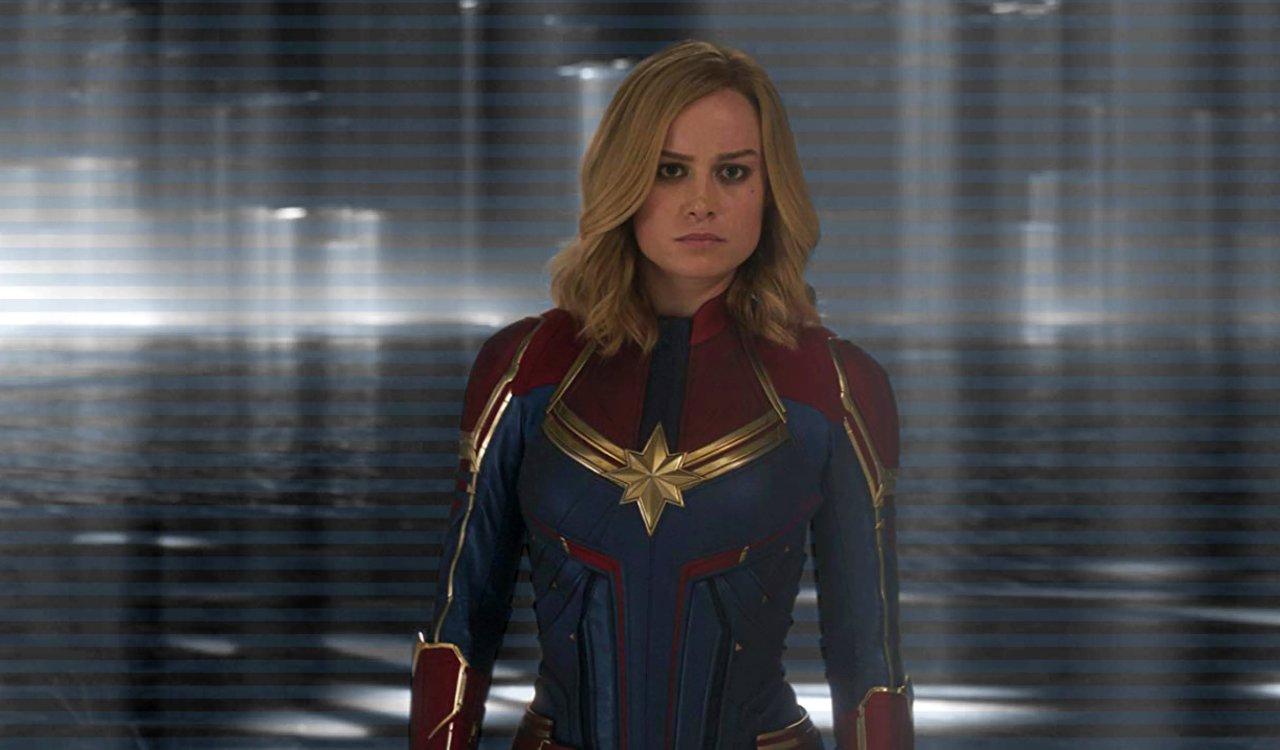
Captain Marvel’s Completely Illogical Use
One thing we saw in Marvel Comics and even the Disney animated shows was that Captain Marvel and Black Panther led the Avengers together. Especially when Steve Rogers and Tony Stark were gone or believed to be dead. With T’Challa gone, there is not a proven field leader for the Avengers group that makes sense. Carol Danvers, like Steve Rogers, does have military experience and some believe she is a natural replacement for Cap as the leader. However, for some reason, the MCU has written Carol to be the worst of every “strong female” stereotype. Sure, she has major powers and does not need “a man” to help her do the heavy lifting. Yet her powers are inconsistent, her back story is altered in an odd way, and that is only the start of her issues.
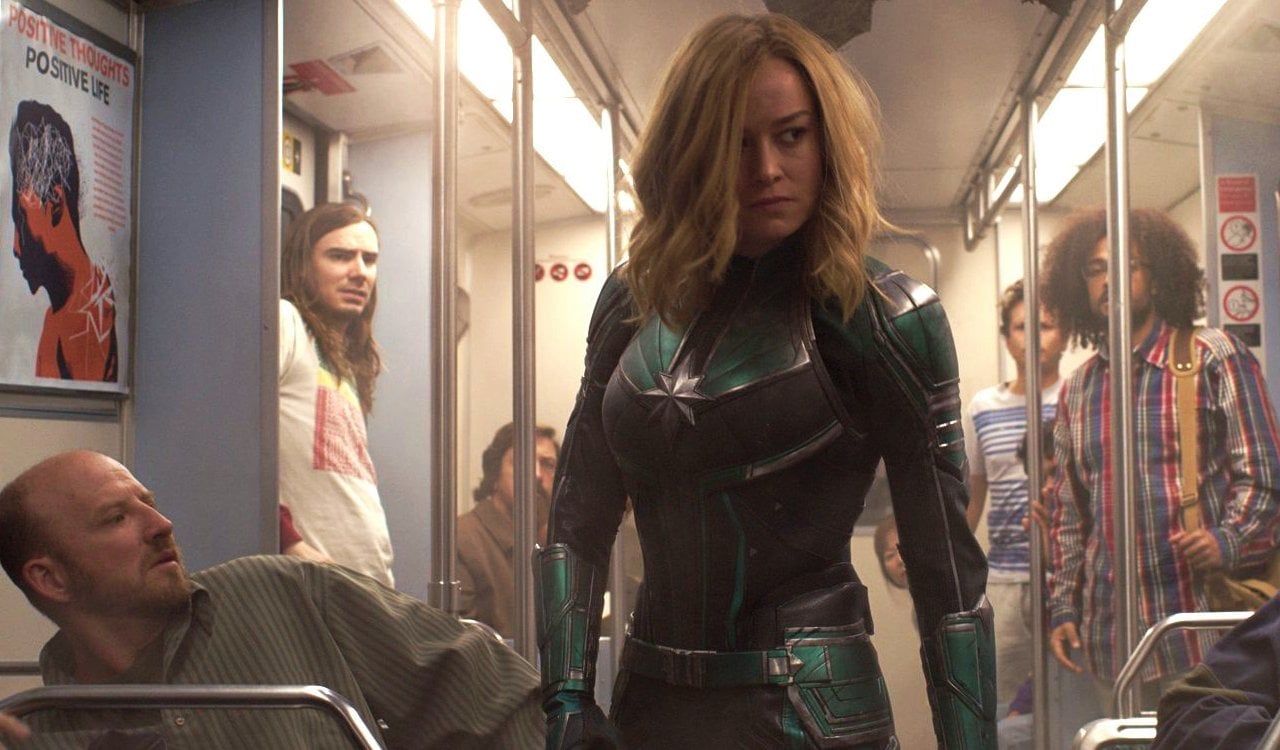
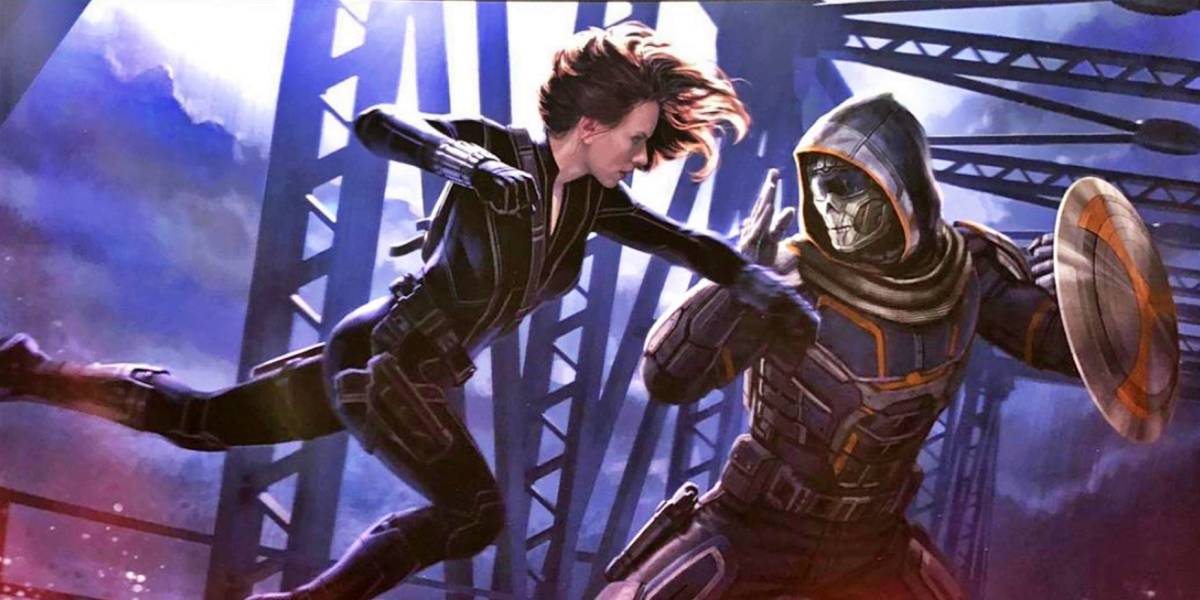
The Black Widow Movie Didn’t Make Any Sense
Let’s be honest here, there should have been a Black Widow solo movie long before 2020. Most people agree on that, on top of the fact that it came out at a really weird time. While set before the Infinity Saga takes place, Natasha died in the End Game movie that came out a year before her solo film. This meant that no matter what, the Black Widow film simply wouldn’t matter to the overall MCU. It was as if they just wanted to throw a movie out there to fill a spot in the Phase 4 schedule of content. Worst of all, it is clear no time was spent truly making the script perfect. In fact, it was written in 11 days, and studio executives green-lit it.
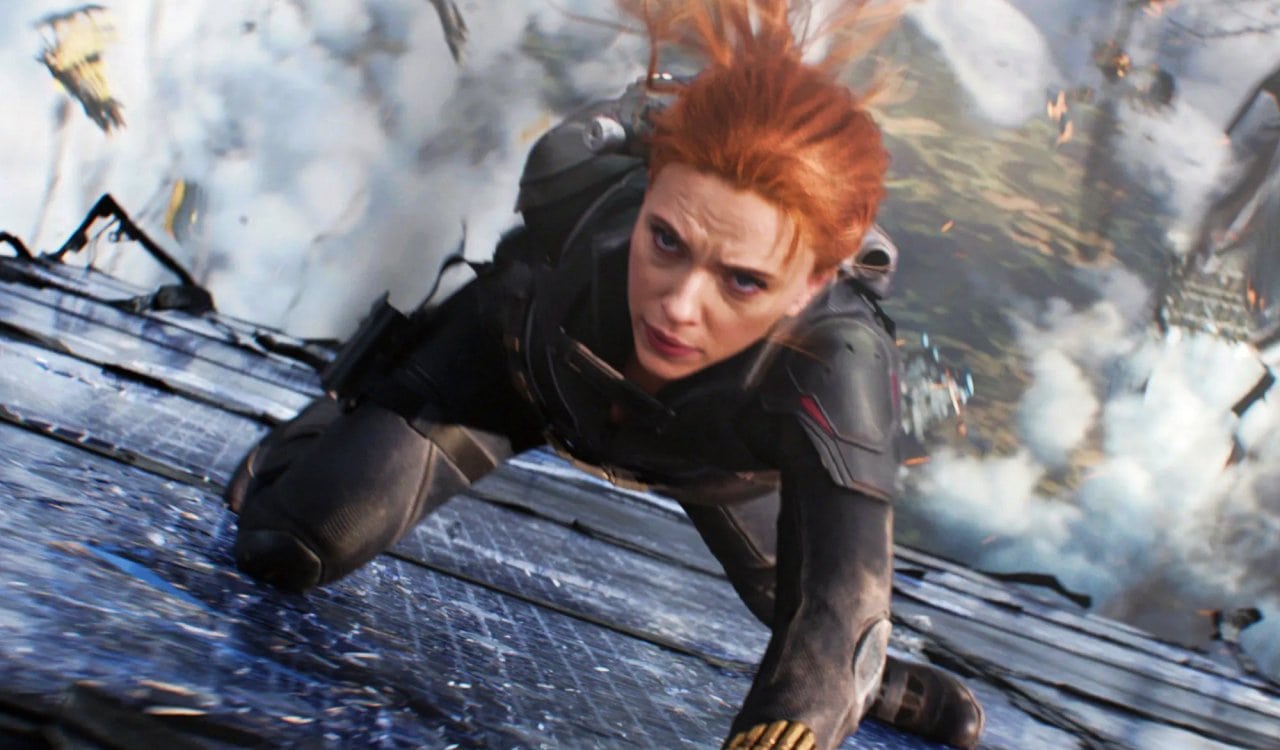

Overly Political Story-Telling
Telling stories using present-day issues is completely okay to do. Plus, if you want to truly offer inclusion, you need to tell stories that connect to the audience. Let’s say you’re wanting to present powerful women, it might also be good to discuss issues women face. Such as sexual harassment or the fear of walking outside at night, for example. However, one should also know where the line is and where you shouldn’t cross it. The series She-Hulk: Attorney at Law on Disney+ seems to struggle with this issue just a bit. It’s comic book accurate that Jennifer Walters aka She-Hulk, can go back and forth in Hulk form under her own control.
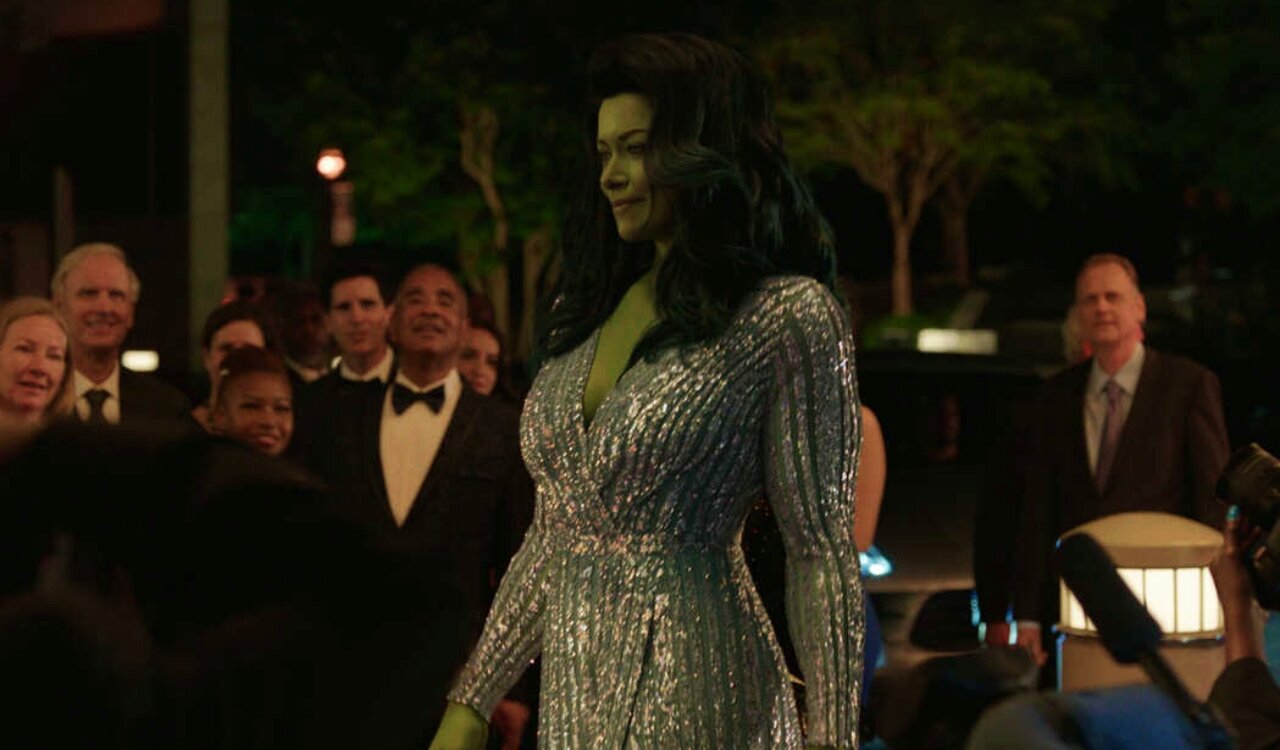
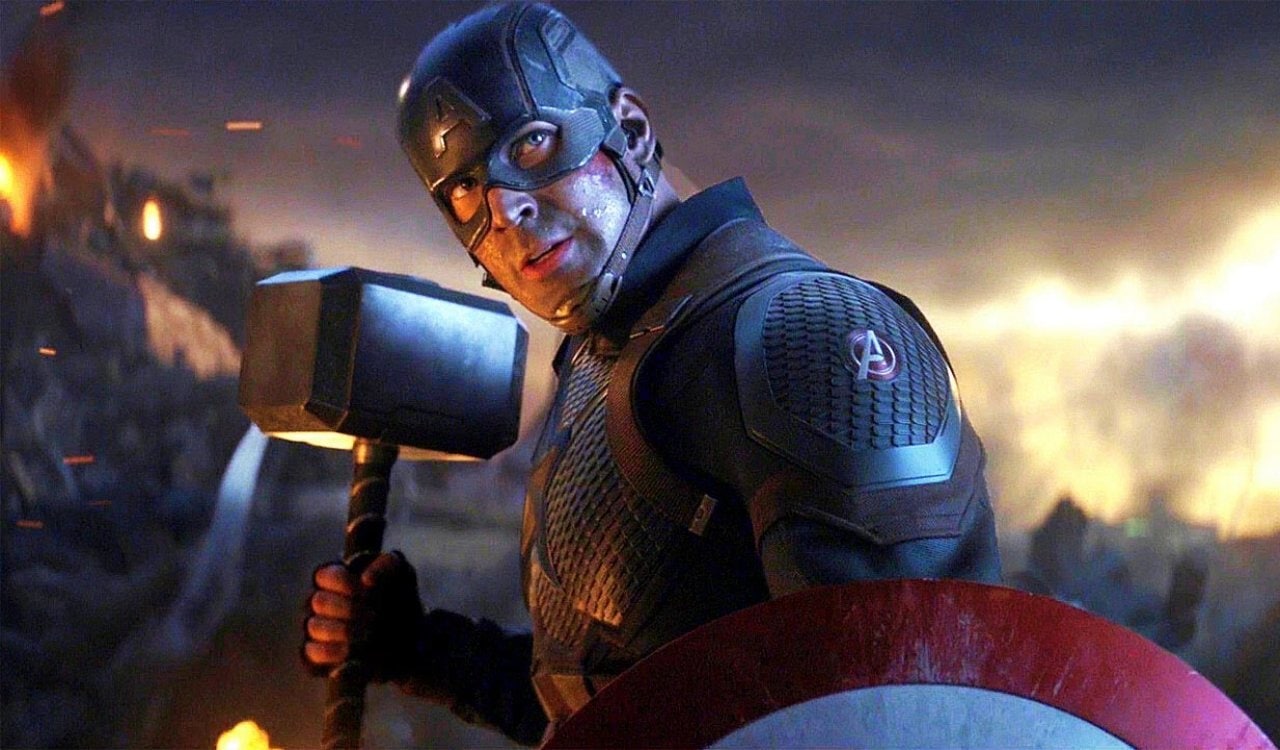
Character Development Is Too Fast, And Everything Is Unearned
Remember how Steve Rogers did not become Captain America simply because he was a highly decorated soldier? Not only was he not the first choice for the Super Soldier Serum, but he was also considered to be a liability. He proved himself in spite of this. He tried to show that, in spite of his lack of size, he could handle whatever came his way. If nothing else, he was brave and heroic enough to sacrifice his own life to save his fellow man. That earned him praise, but even as a super soldier, he did not see the battlefield. Rogers also had to earn this as well. Eventually, he was trusted and proved himself as a hero.
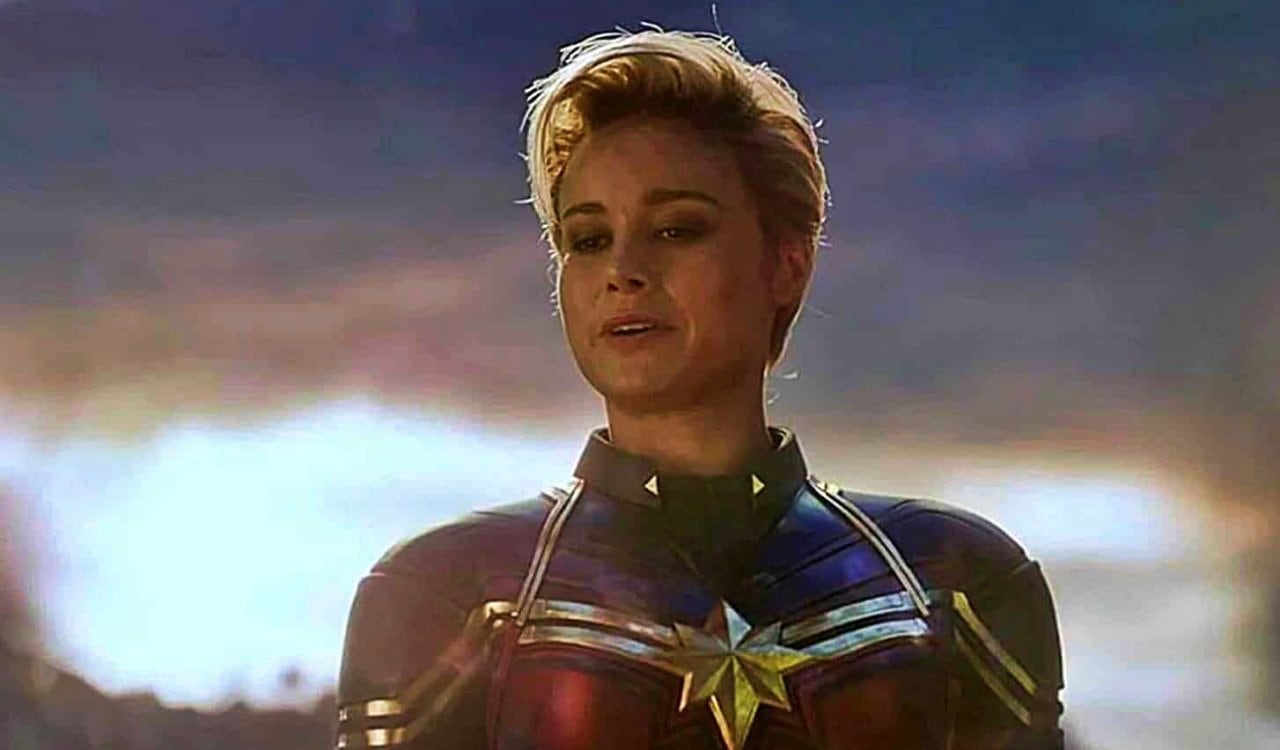
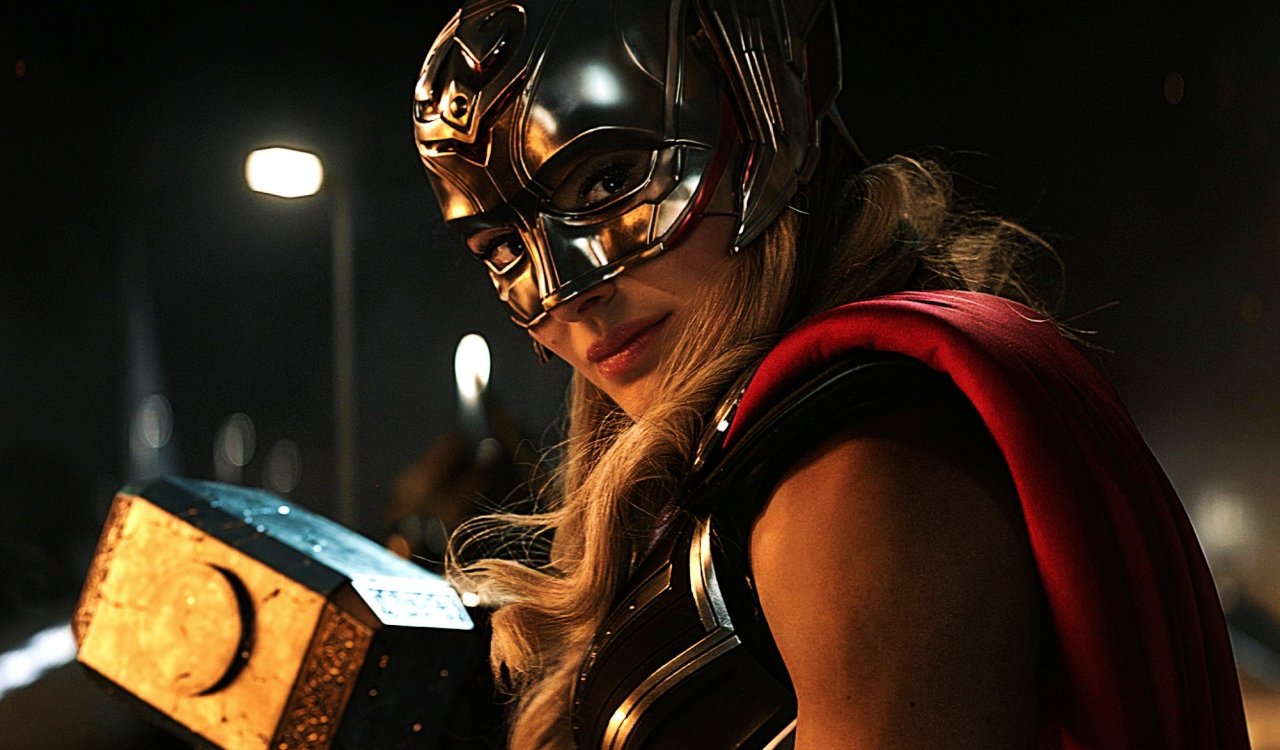
Over-Expansion
One could say that expanding your universe could lead to multiple intellectual properties seeing screen time could only be a good thing. Yet that is problematic for people trying to understand everything. The Marvel Studios phases have always tried to lead us into something through several films or shows. Essentially, they gave us several stories to tell to set up one big story. Either that or they did origins and expanded upon a character if the original show or movie did well. For example, look at Black Panther. We were introduced to him back in Captain America: Winter Soldier, as it was believed Bucky killed T’Challa’s father. That introduction only made people curious to see more about the Black Panther. That led to a solo project that grossed over a billion dollars at the box office.
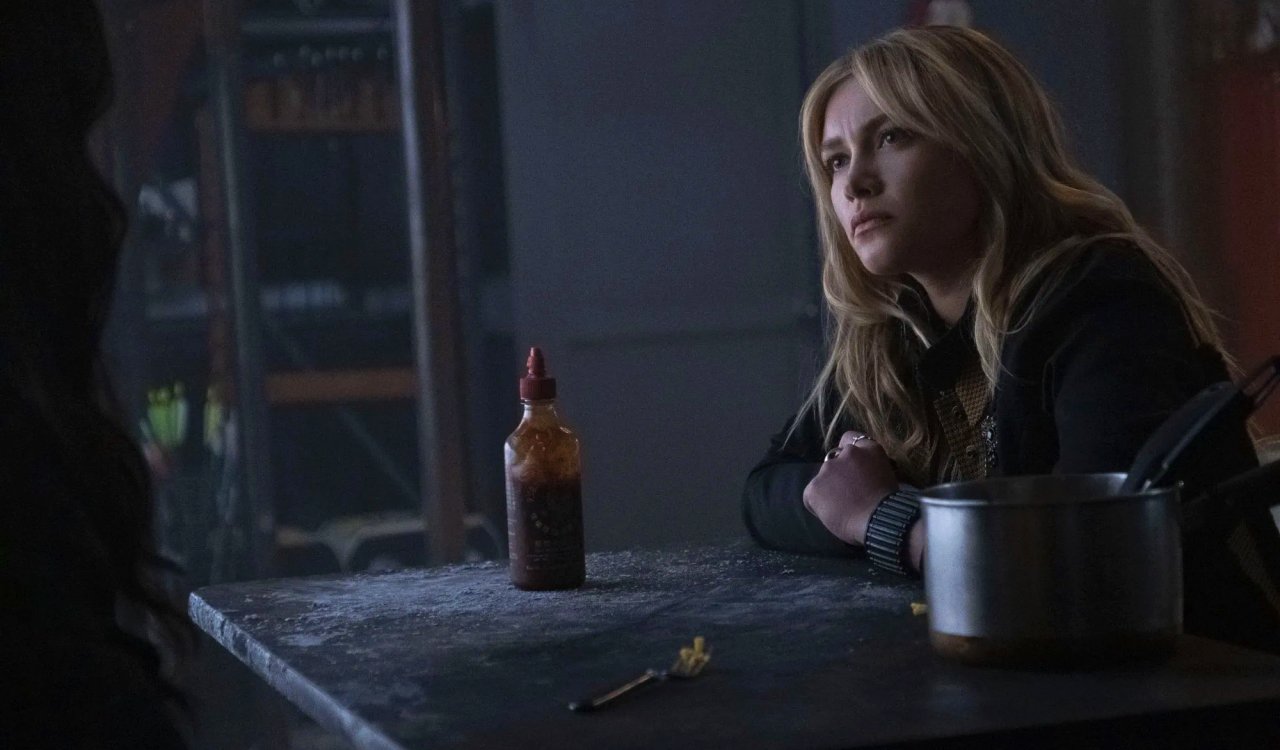
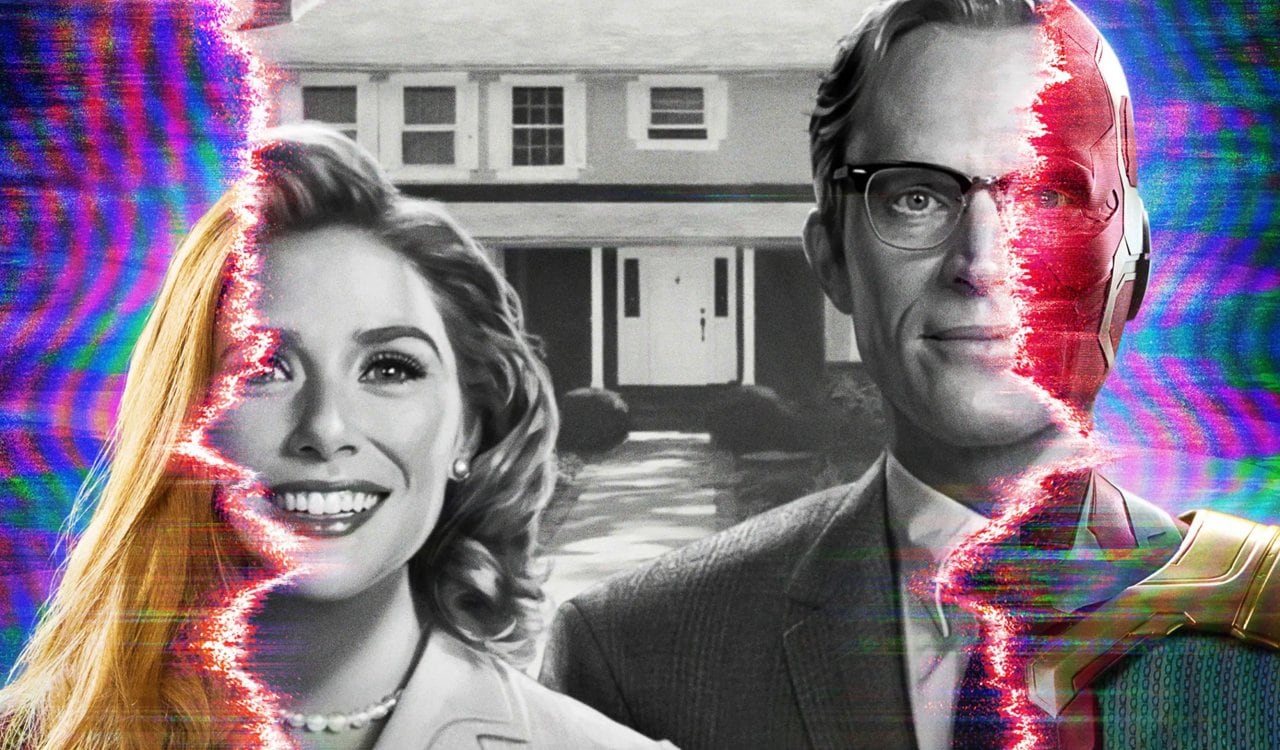
New Fans Are Overwhelmed
If you’re a new Marvel or MCU fan, we’re so sorry. It isn’t that these movies or shows aren’t good, because most of the MCU is terrific without a doubt. The problem is that due to Phase 4’s inclusion of so much, now you have to go back to see the other phase movies AND what Phase 4 gave us. Past Marvel Studios phases gave us far less, and it was mostly just movies. One could catch up on the MCU by watching one movie per day within a few weeks. Today? Not only do you have to start with the original stuff…but now the new. Just the movies alone will make it a little longer to catch up with the MCU.
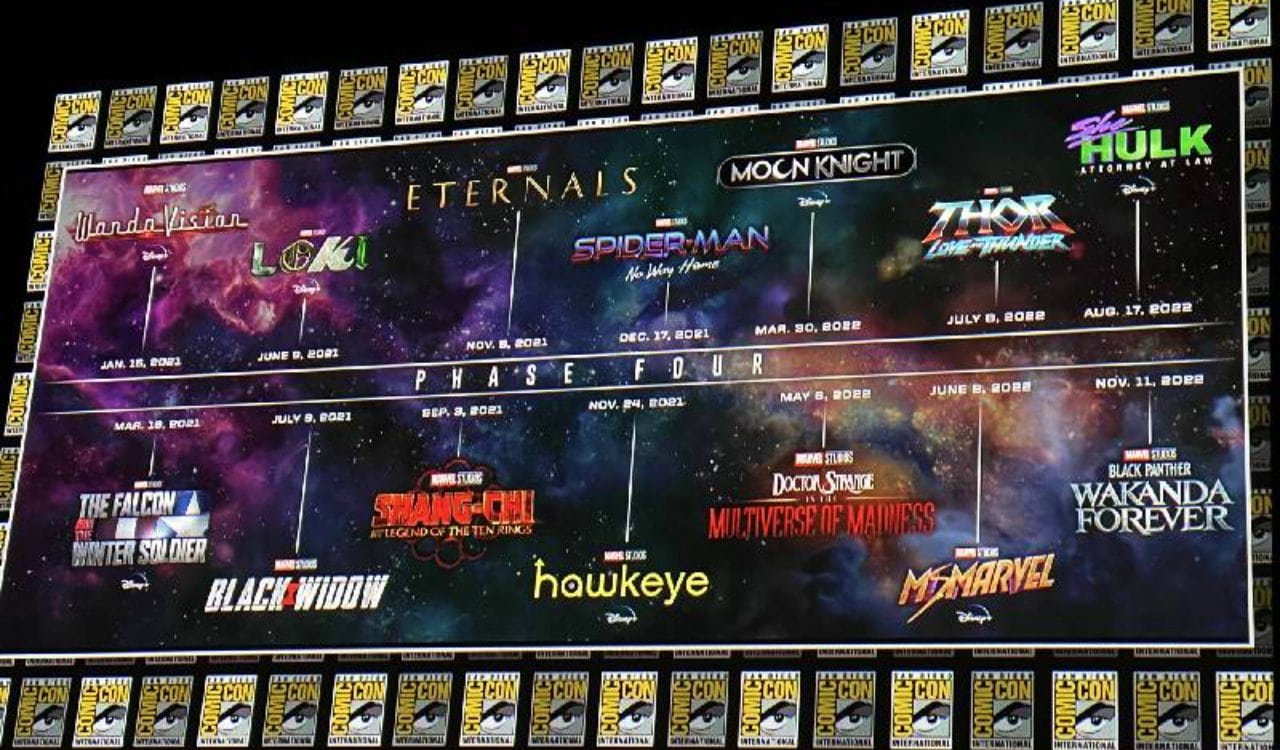

Some Shows and Movies Just Aren’t Good
We’ve referenced some of the decisions that Marvel Studios has made. Yet that does not necessarily mean everything they put out is bad because of a few bad moves, of course. However, the Marvel Studios phases have never had as many issues pop up as Phase 4. Most feel it is down to a lot of the stuff we mentioned already. Plus, it can be said that most movies in the MCU have been incredibly good over the years. It is only lately that things just do not seem to be working for the MCU. For example, you can look at Rotten Tomatoes, Metacritic, and IMDb ratings for the MCU films before Phase 4 and see pretty positive numbers.
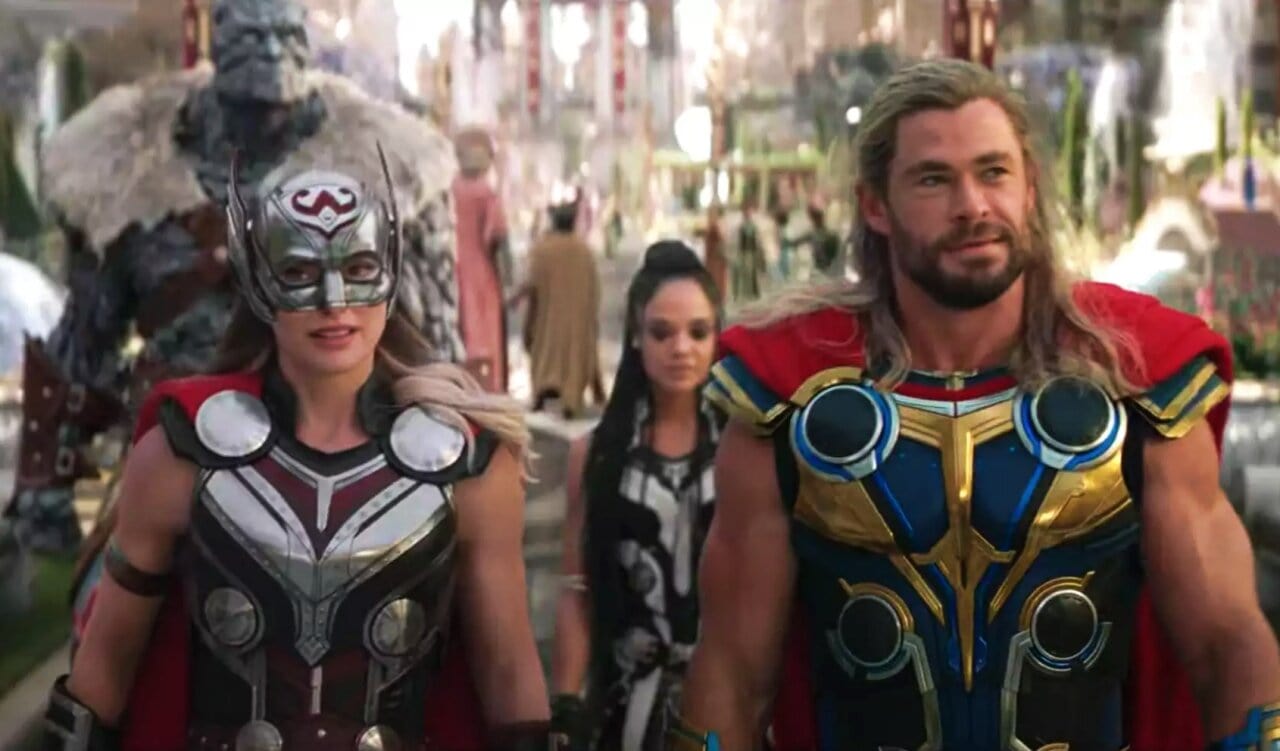
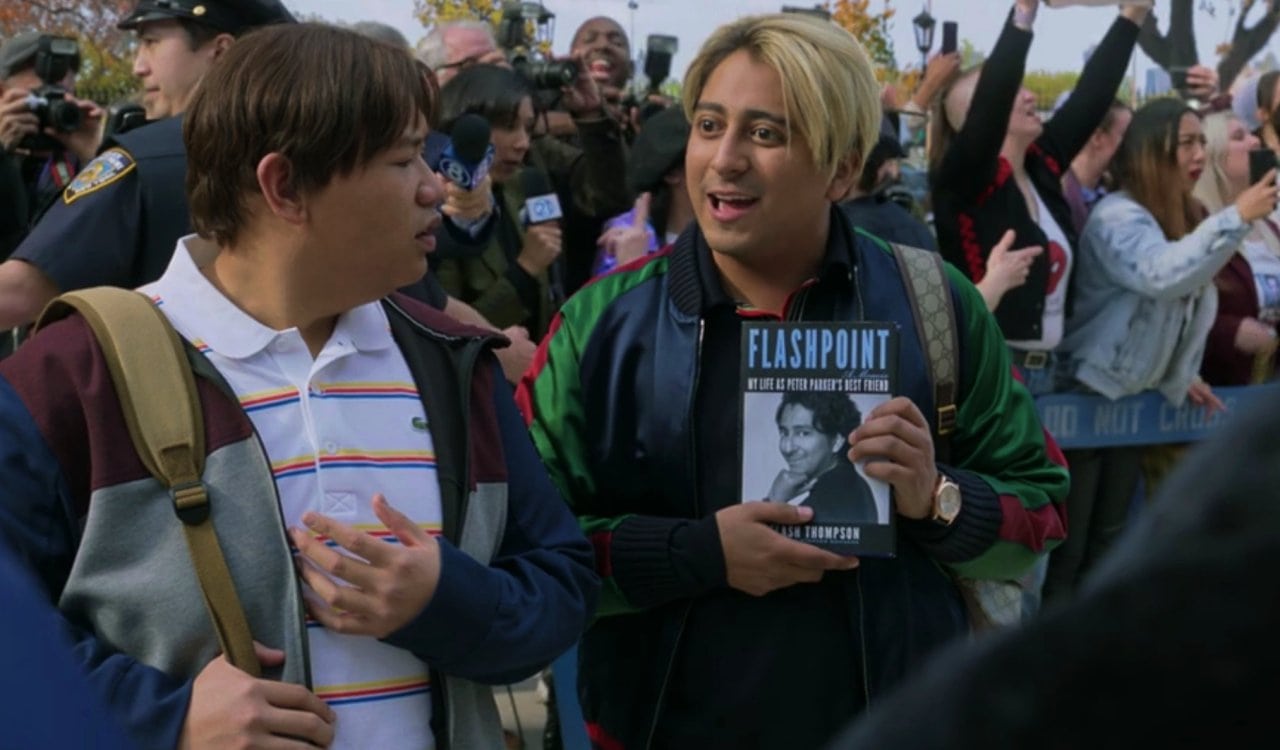
Some Casting Choices Were Odd
One can also point to how some of the casting choices were pretty weird for the movies or shows too. One that stands out for many fans is the decision to cast Tony Revolori as Flash Thompson. Especially when this is a big character they could have likely done something special with. The casting of Christopher Eccleston as Melekith is also pretty questionable. Thor: The Dark World is one of the few solo films from previous Marvel Studios phases that didn’t land well. Many feel it was not only the story but the casting choices made for the film too. Aaron Taylor-Johnson’s casting as Quicksilver caught many by surprise.
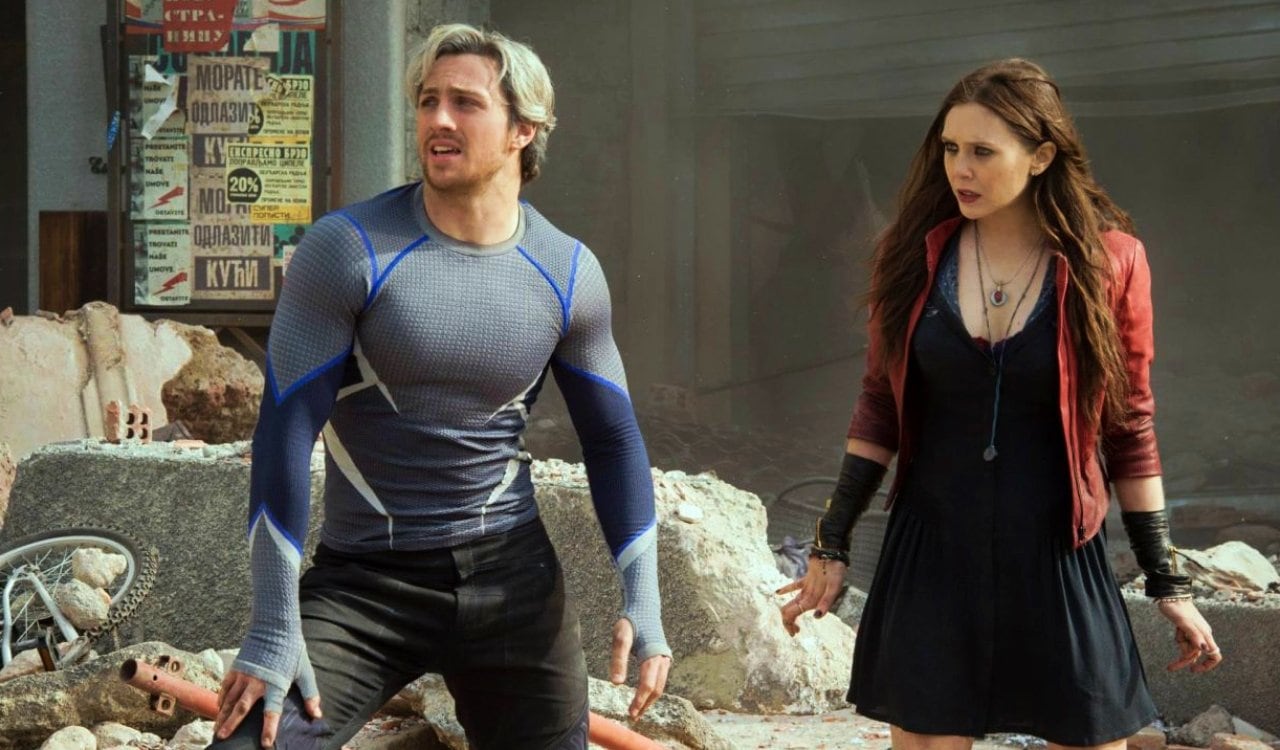
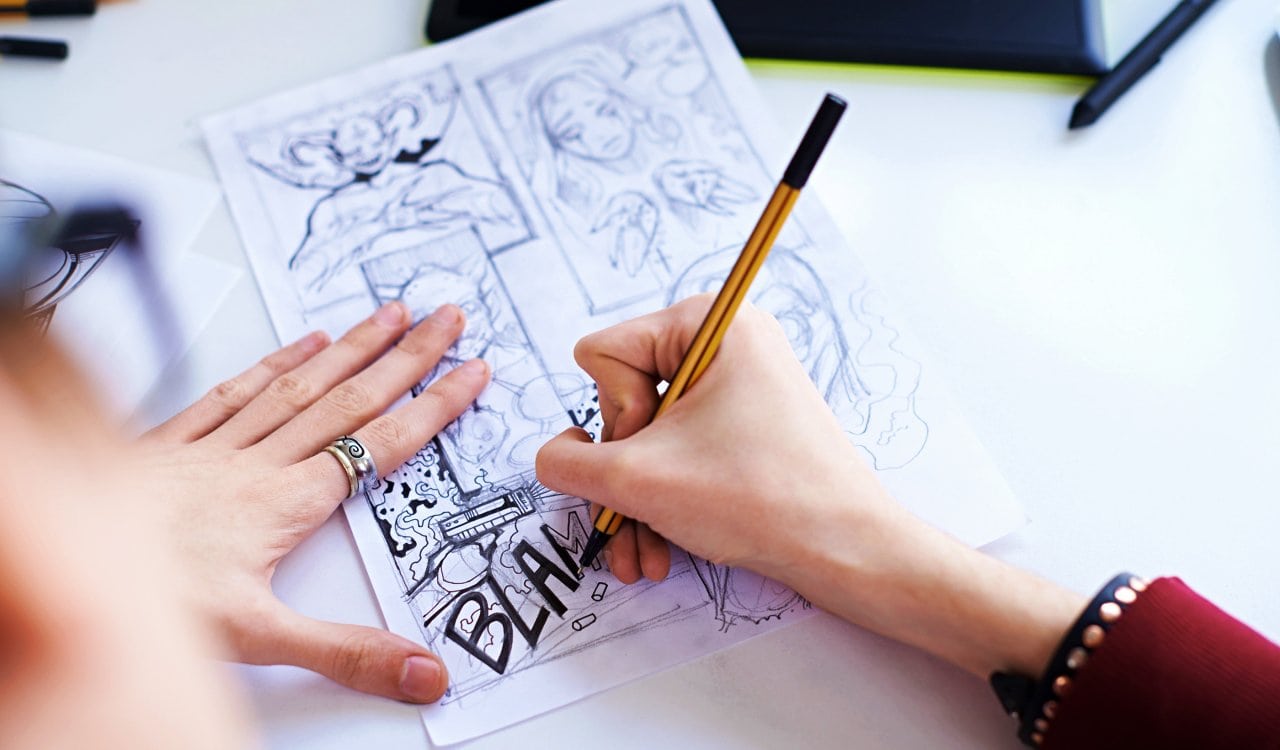
The Bad Idea Taken From The Comic Book Industry
One issue that has seemingly always plagued the comic book world is the introduction of new writing teams. Whether it was Marvel or DC Comics, even some of the larger independent companies, the writing staff could be bad. It is always a bold move to change things like artwork for a comic book story. However, sometimes changes like this can become the new norm. Meanwhile, it is truly very hard to tell stories properly. This is why you might see a lot of the same names behind the biggest names in DC or Marvel for instance. This was not always the case though. Due to the feeling that it would be problematic for any writer to be bigger than the company, DC and Marvel hired new head writers constantly.
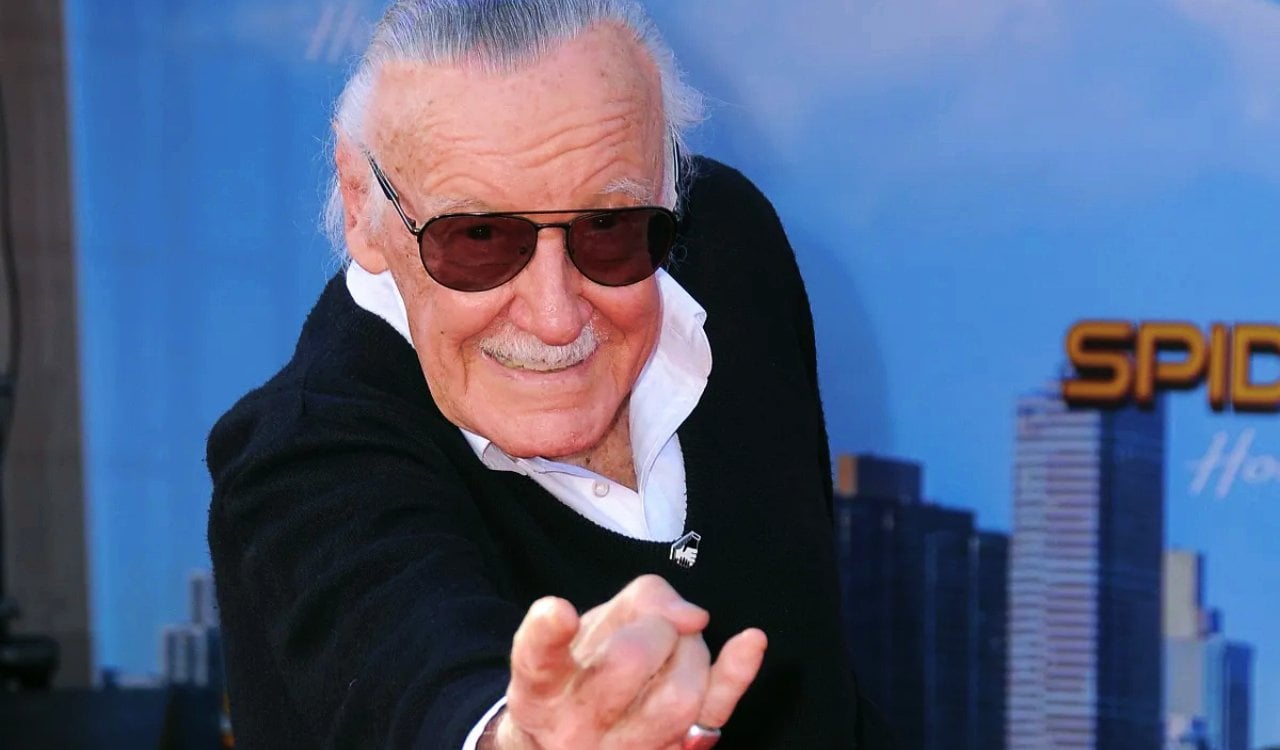
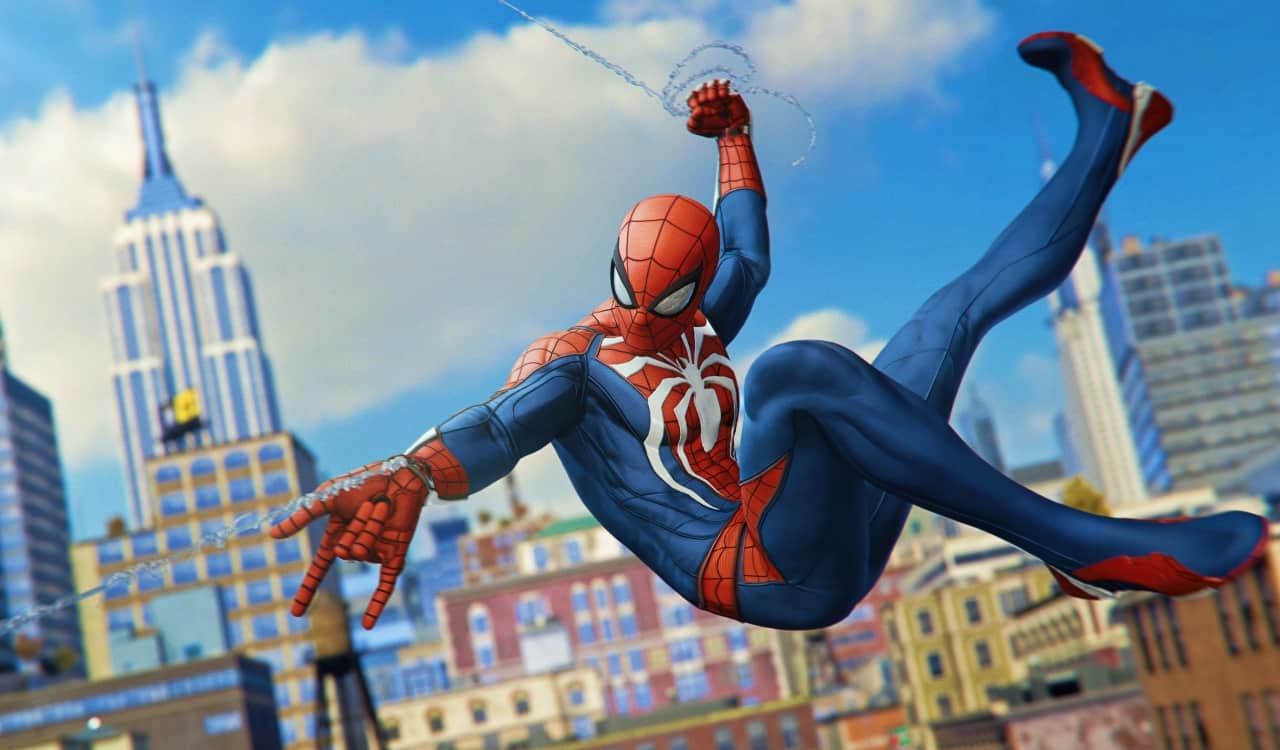
Sony’s Ownership Of Spider-Man
Most would say that Sony seems to be willing to play ball with Disney on Spider-Man. Therefore, what’s the problem, right? Well, there are many issues. First and foremost, there was a problem that took place not too long ago. Disney wanted to take more money than Sony on the Spidey projects when they were doing a 50/50 split. Some felt this was just greed on Disney’s behalf, yet we have to see their point. They were paying, casting, and shooting the entire project. Spider-Man would then be included in their larger universe on top of his solo projects.
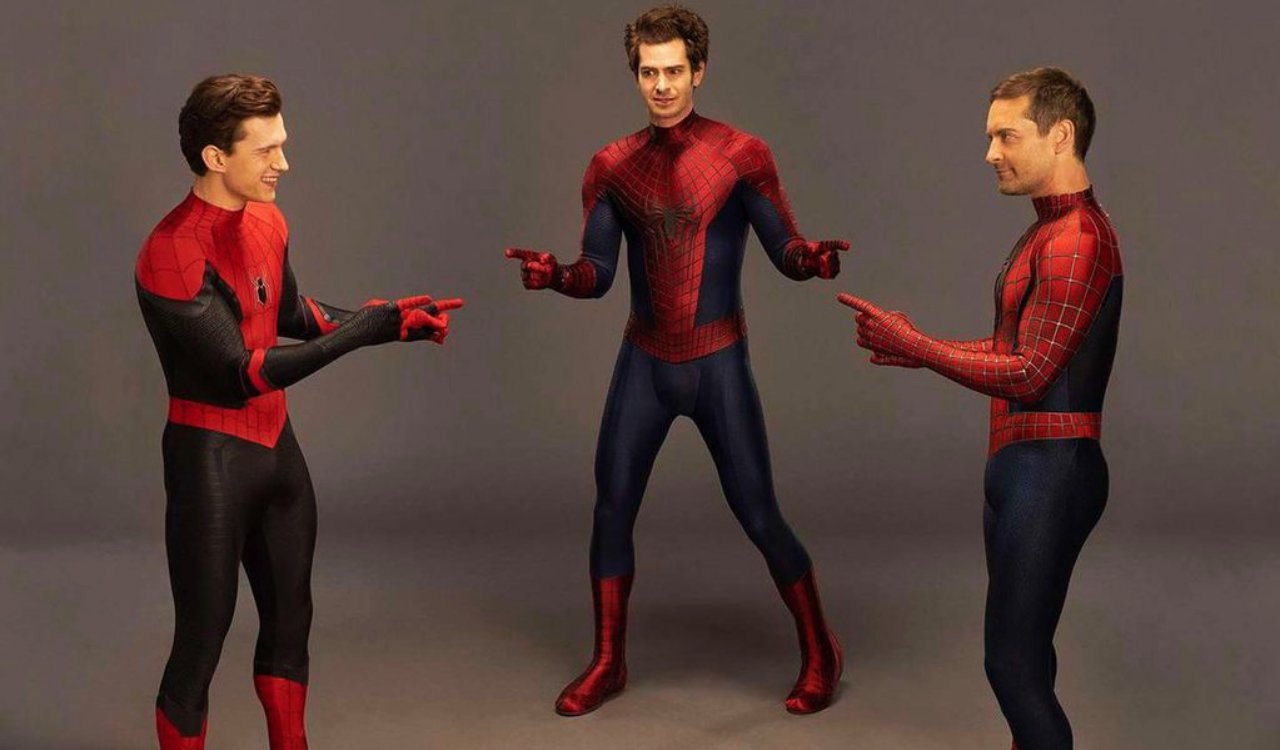

Sony’s Decision To Make Their Own Projects
Due to the success that Disney and Marvel Studios have had with Spider-Man projects, Sony wanted to capitalize on that. They felt they could use characters from the universe, which they own 100%, and cash in. The first project they decided to try was using Venom. To be fair, they did use a lot of comic book-accurate material mixed in with some new ideas to switch things up. Tom Hardy, who plays both Eddie Brock and Venom, has also been very invested in the role. While critics hated the movie, it made Sony over $800 million at the box office. After the success of the first movie, Hardy helped to write the story for Venom 2.
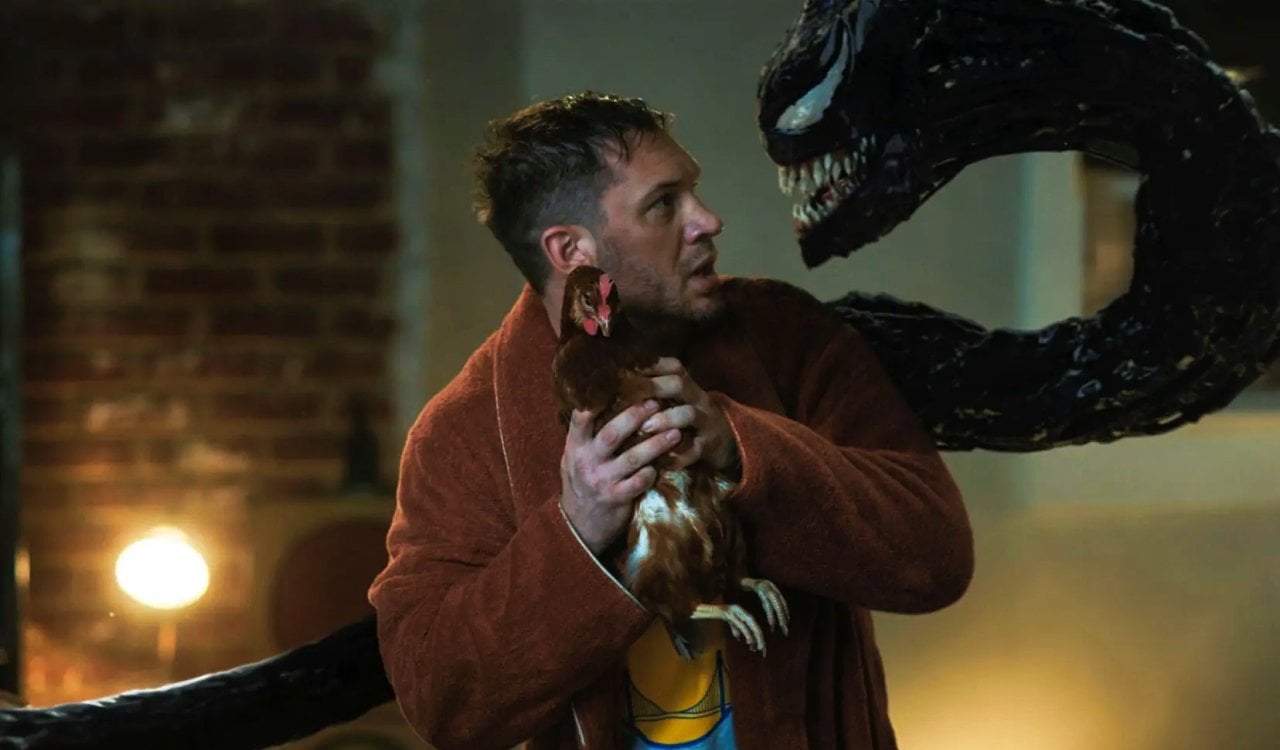
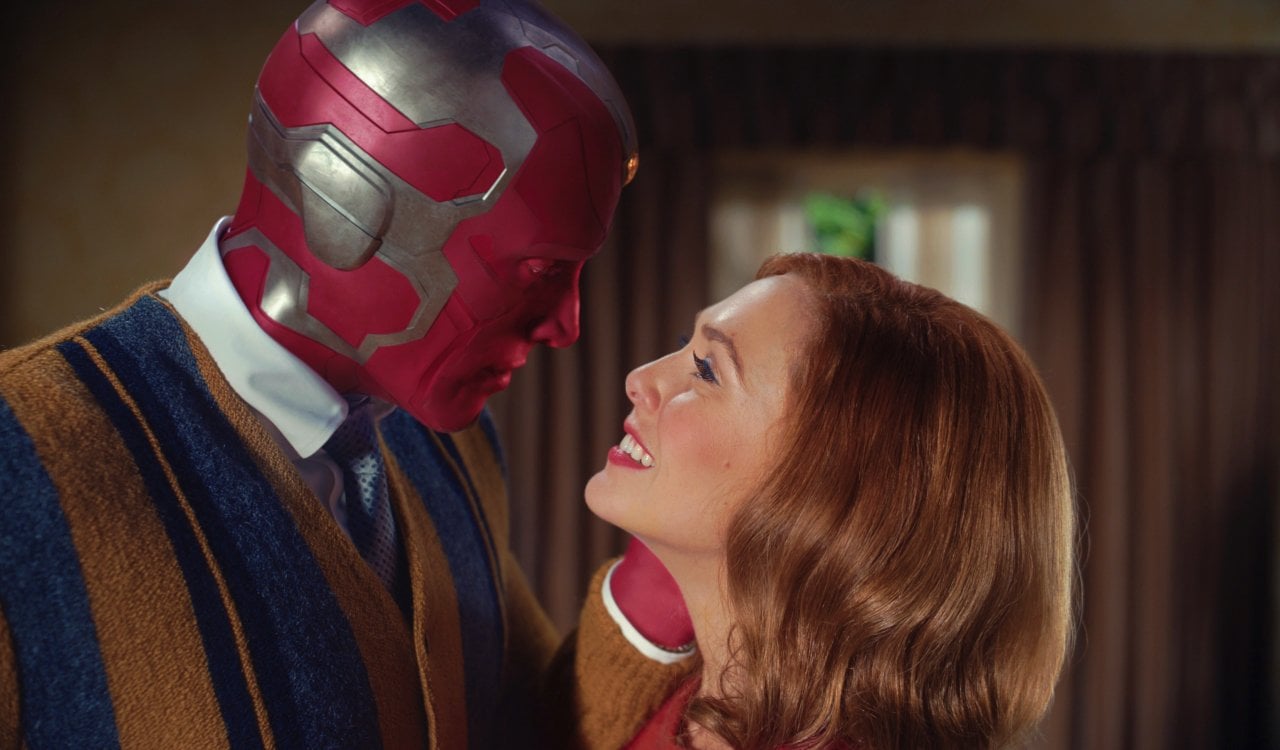
Thor and Wanda Aren’t Growing As Characters
Most would say that Thor Odinson and Wanda Maximoff are not growing as characters anymore. This might seem odd, considering there have been some changes to the characters. Look at Thor who became “Fat Thor” for Avengers: Endgame, and has heavily introduced comedy into his overall character’s story arcs. Wanda, meanwhile, grew from a girl that barely understood her powers into a truly powerful witch. While these character arcs are fine, they essentially existed for hardly any time at all. Perhaps, if nothing else, they have not grown romantically at all.
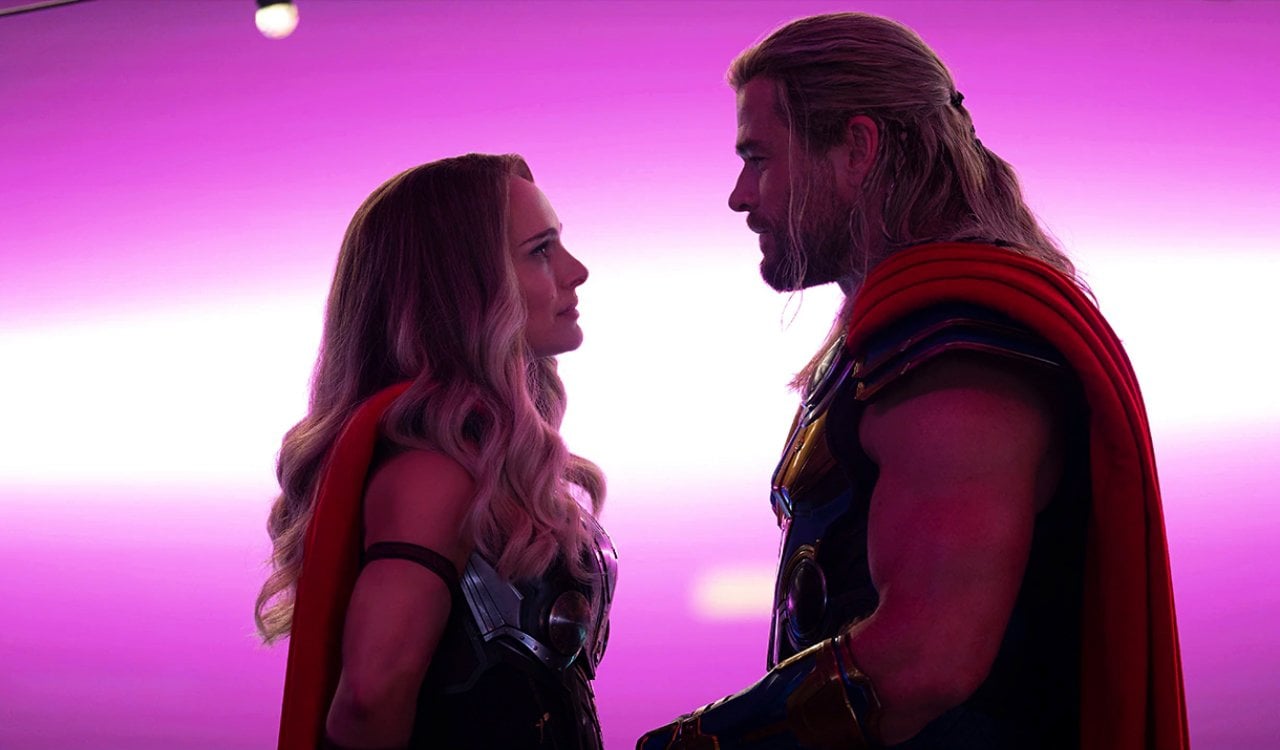
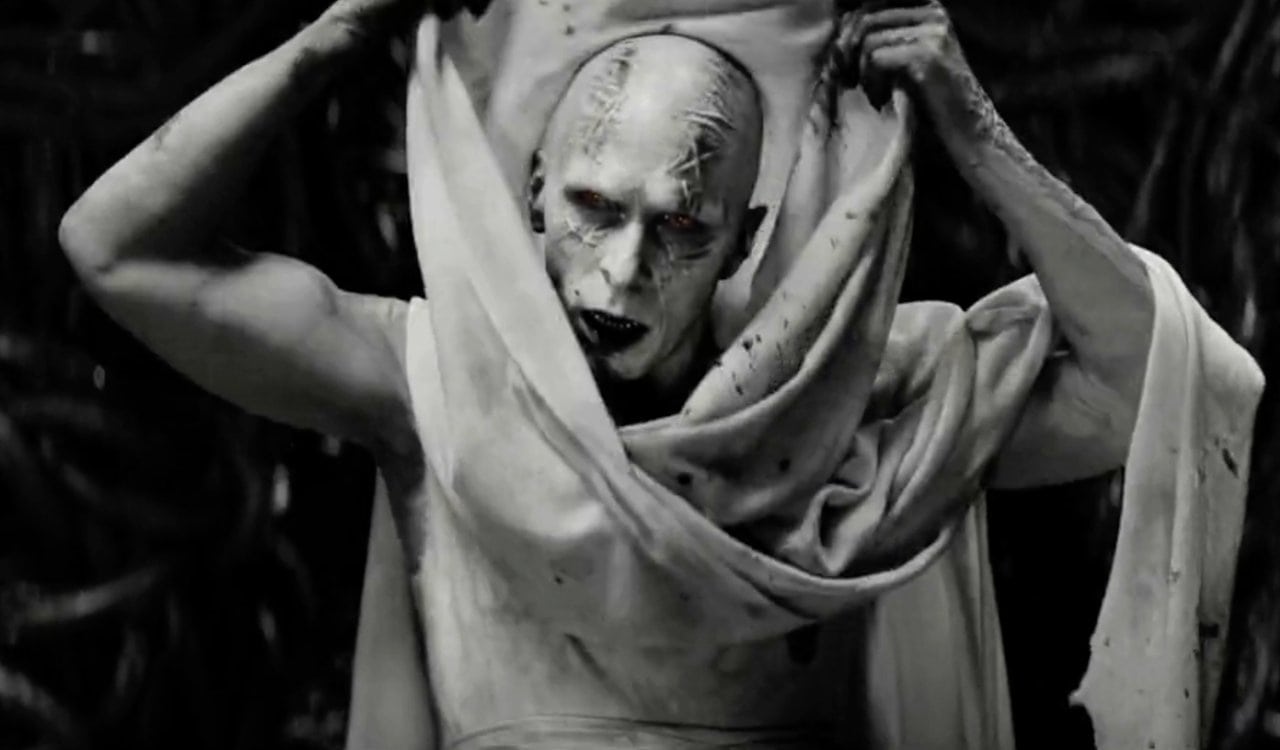
Many Villains Are Pushed In and Out Too Quickly To Care
It’s clear that the Marvel Studios phases in the past had the problem of introducing a big bad only to get rid of them immediately. Just as some examples, remember Red Skull, Whiplash, Vulture, Malekith, Dormammu, Abomination, Ronan the Accuser, Kaecilius, Thunderbolt Ross, Yellowjacket, The Mandarin, Hela, Ego, Mysterio, Justin Hammer/AIM, and Eric Killmonger? They all have one thing in common. Each was a one-off villain, used as a top or main villain for a solo project. Some were used or will be used again in another project, but that was not the design at the time. Sometimes, introducing a one-off character in the villain role is tough.
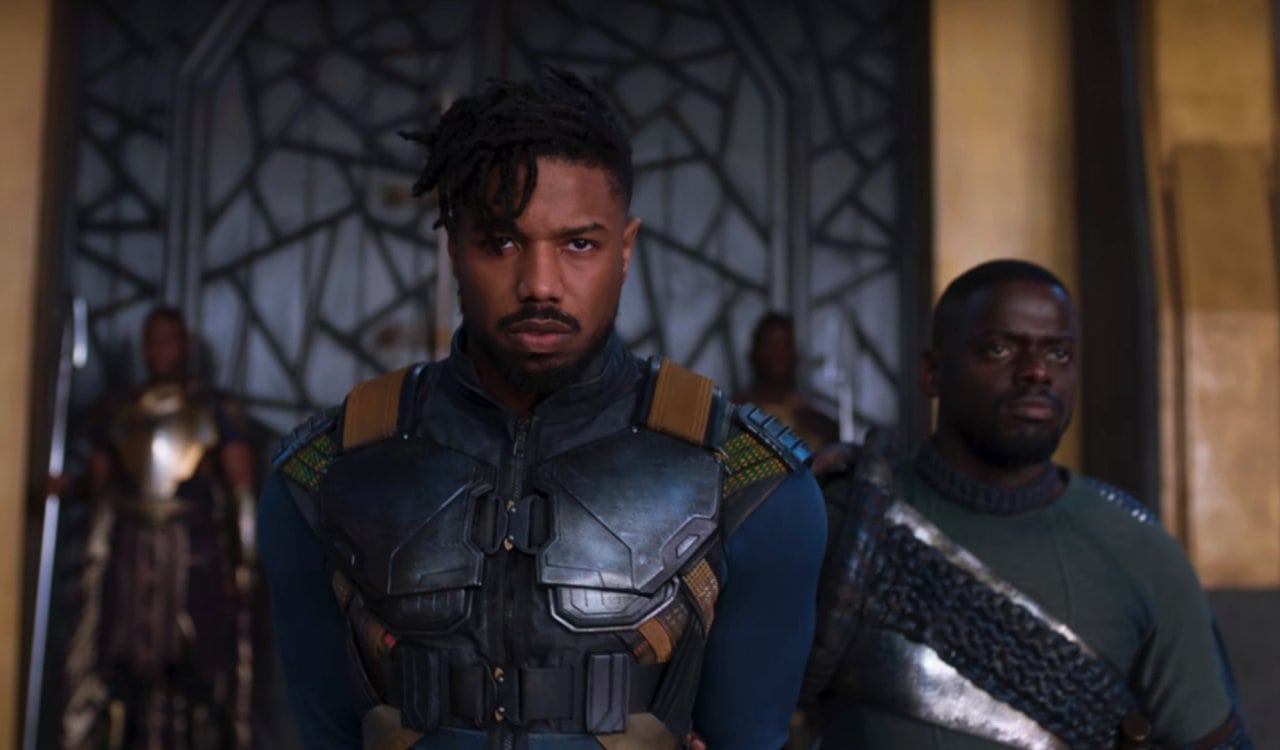
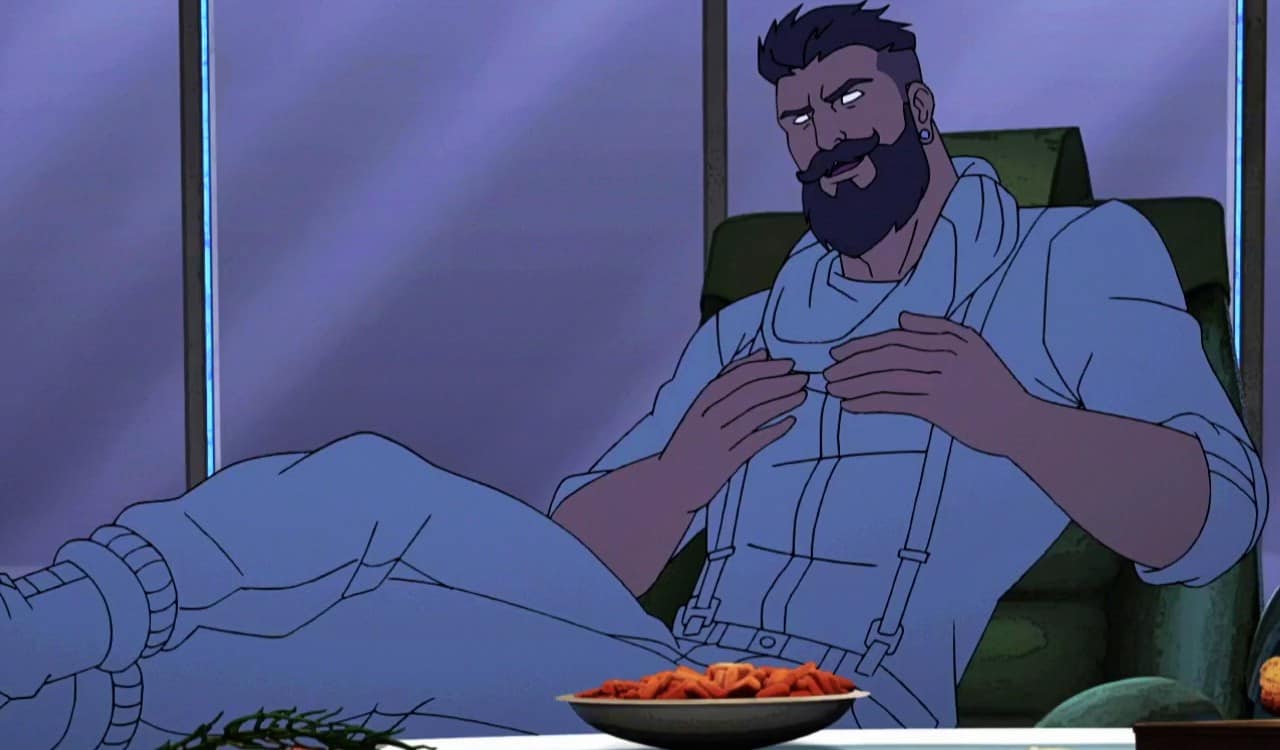
Secret Wars
Most Marvel Studios phases in the past were building to the eventual Infinity Saga. This only needed specific characters to really pull off properly, which Marvel Studios and Disney had full rights to use. Spider-Man agreements were made later on but there were plans to use someone else if this did not work out. Now, we’re building up to the Secret Wars story arc. This is an absolutely gigantic story in Marvel Comics history that involves, we’re not joking, at least 100 characters. Plus, Doctor Doom and The Beyonder, key villains in the Secret Wars storyline, have yet to be introduced. This is why Phase 4 seemingly introduced us to countless new characters as well as introduced the multiverse overall.
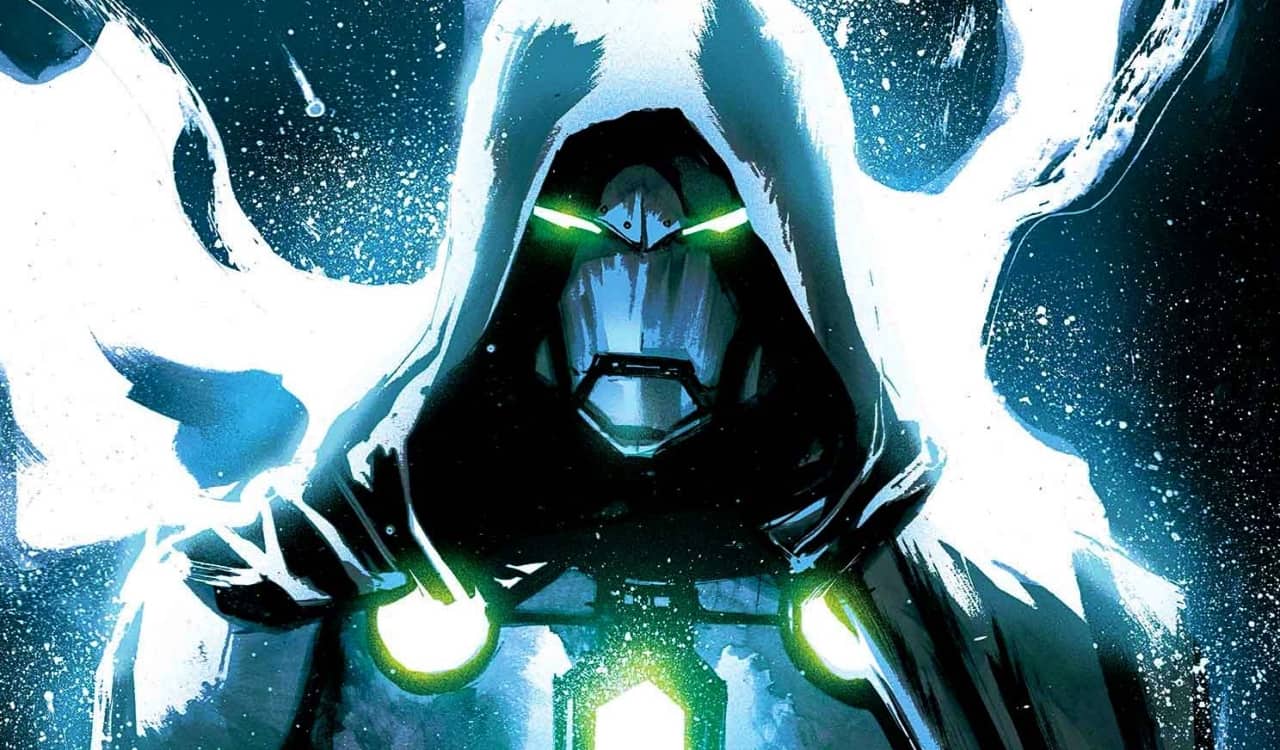
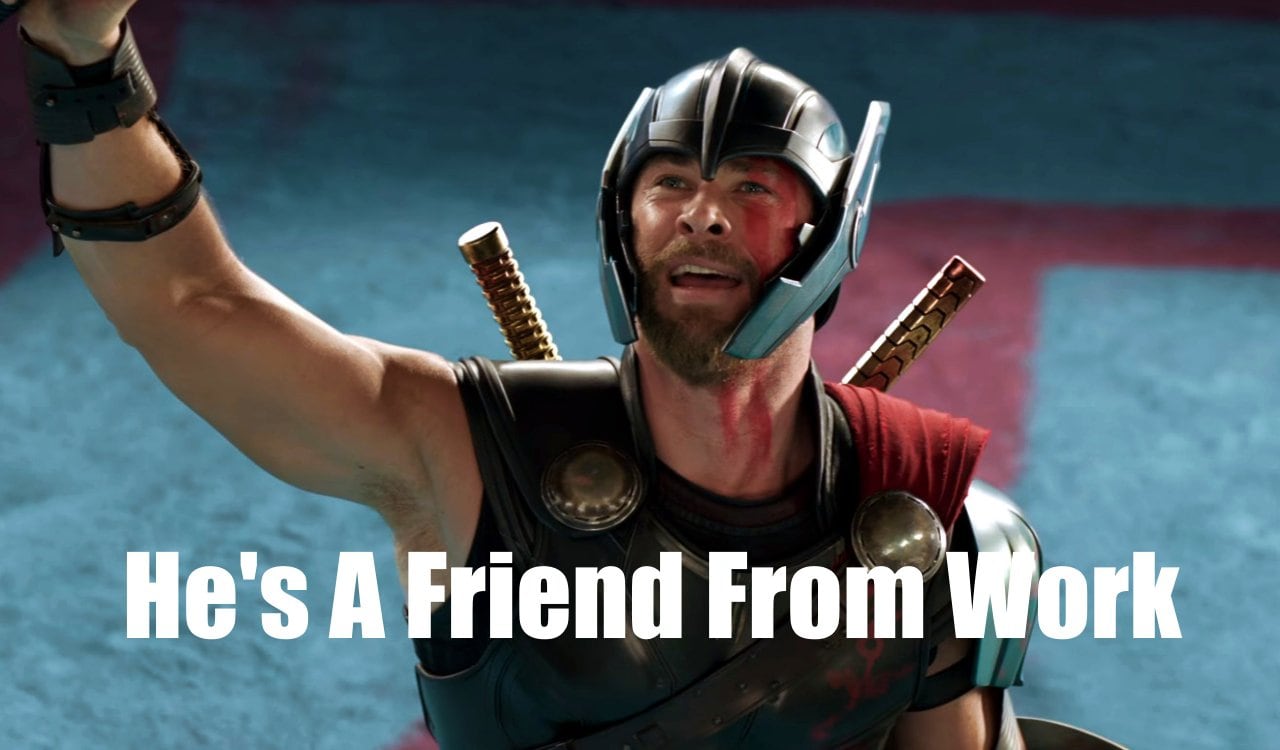
Marvel’s Obsession With Adding Humor Where It Doesn’t Belong
Don’t get us wrong, we love a laugh just like anyone else. Heck, comedies are one thing that helps to keep us sane. You cannot be dramatic all the time, as it would only become problematic. A light-hearted nature is needed, but it can get in the way at times. While we’re not saying the MCU needs to go the Zack Snyder DC route where everything is dark and dramatic. We are saying they need to know when to let stuff breathe. Marvel Studios is owned by The Walt Disney Company, so it should not surprise anyone that Disney would ideally like to keep everything family-friendly. However, Disney’s top brass is not handing edicts telling Marvel Studios to never let drama be present for more than 10 seconds.
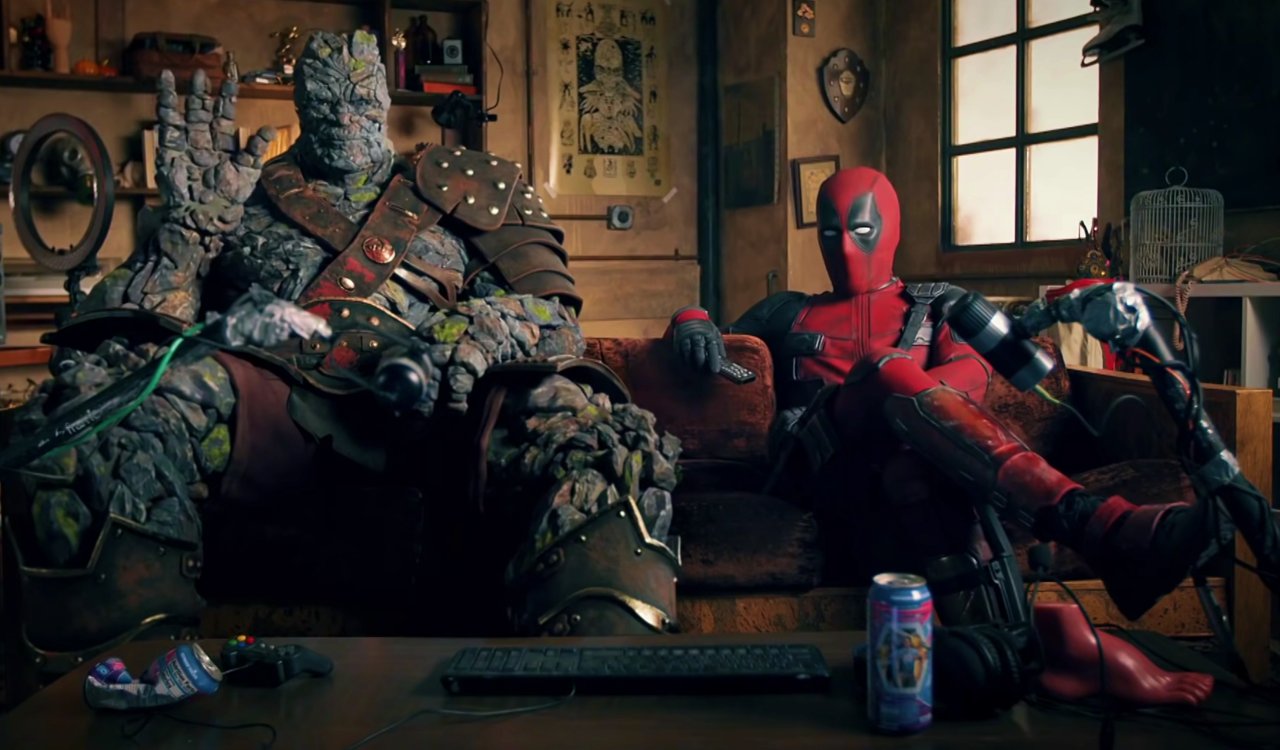
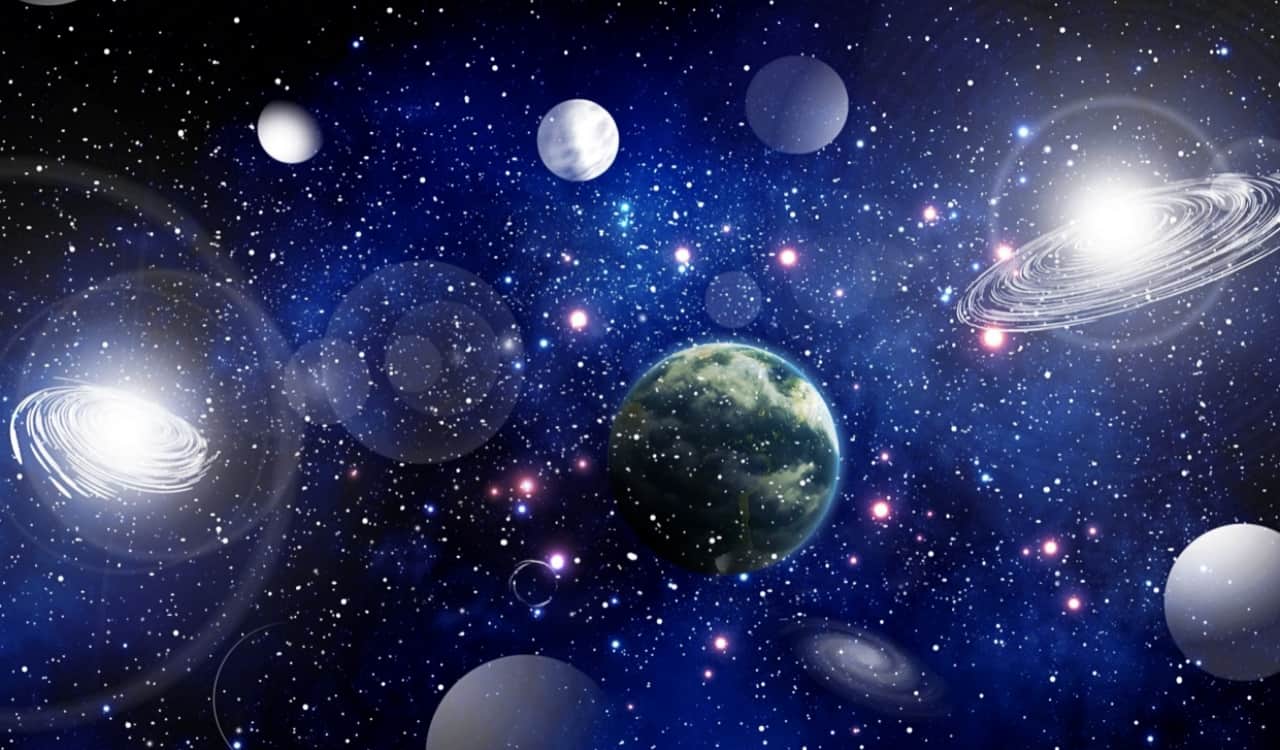
The Introduction Of The Multiverse
Let’s get one thing straight immediately here. We love the multiverse concept, especially being science nerds. However, it is literally our job around here to explain some really complex scientific concepts most of the time. Trying to explain how a possible multiverse could operate to someone is difficult. As there are numerous possibilities and a variety of different outcomes. Comic book fans tend to grasp the idea pretty well, as it means the separation of characters in their own universe. It also means that when you introduce the multiverse, you’re also speculating that people can cross through it.
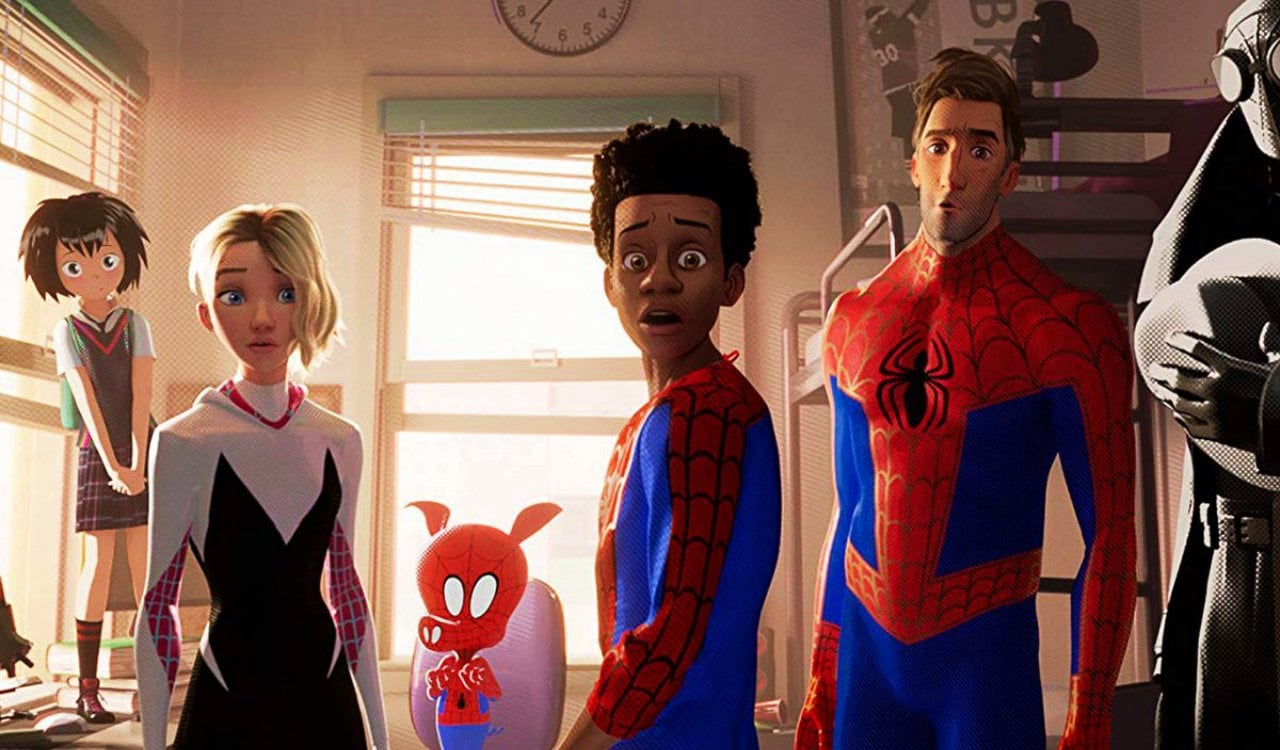
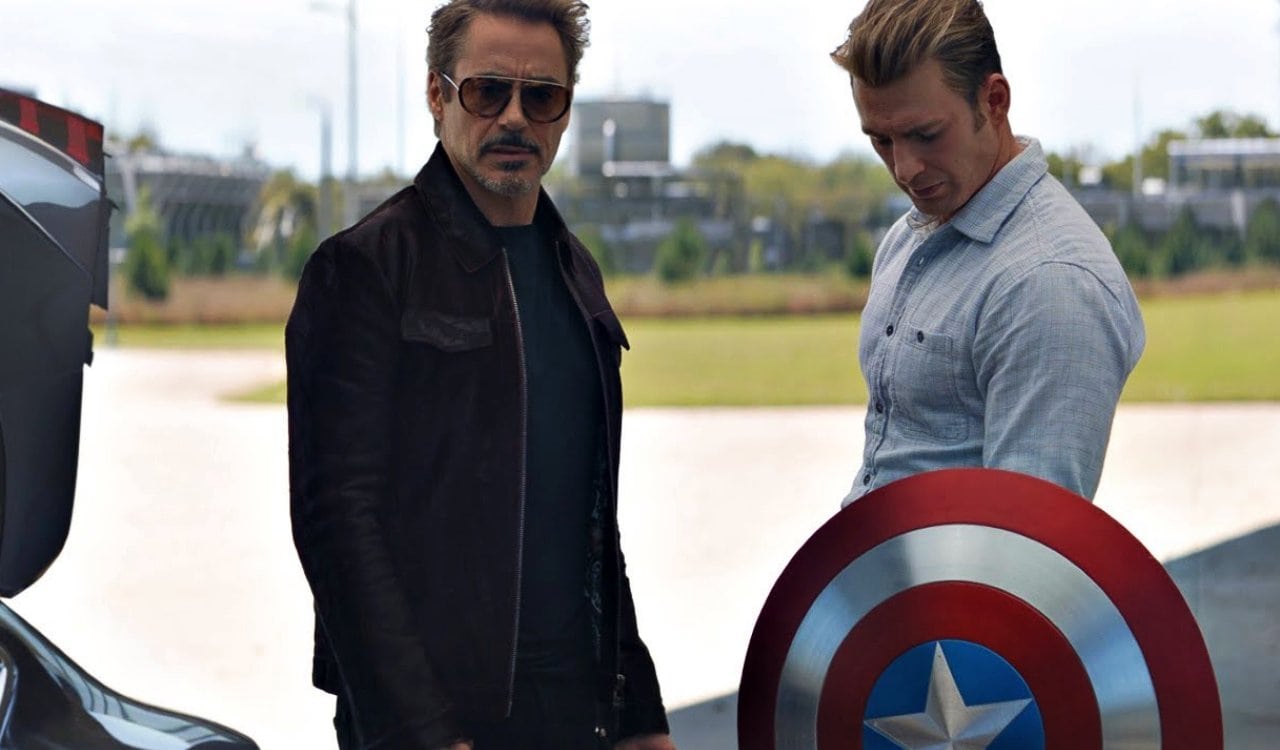
Lack Of Steve Rogers and Tony Stark
We’re not going to lie to anyone and say that we did not want to see Steve Rogers and Tony Stark pass. You need to finish some characters off, at least for a while. If you do not do this, everything will remain centered around them. Which is problematic, and won’t allow the brand to really grow. Therefore, Stark and Rogers passing only set the stage for other characters to take over. Those characters will one day die off or no longer be a big focus for the MCU too. This is why we agree with the decision to have them move on. Plus the actors behind the roles spent nearly a decade committing to their roles.
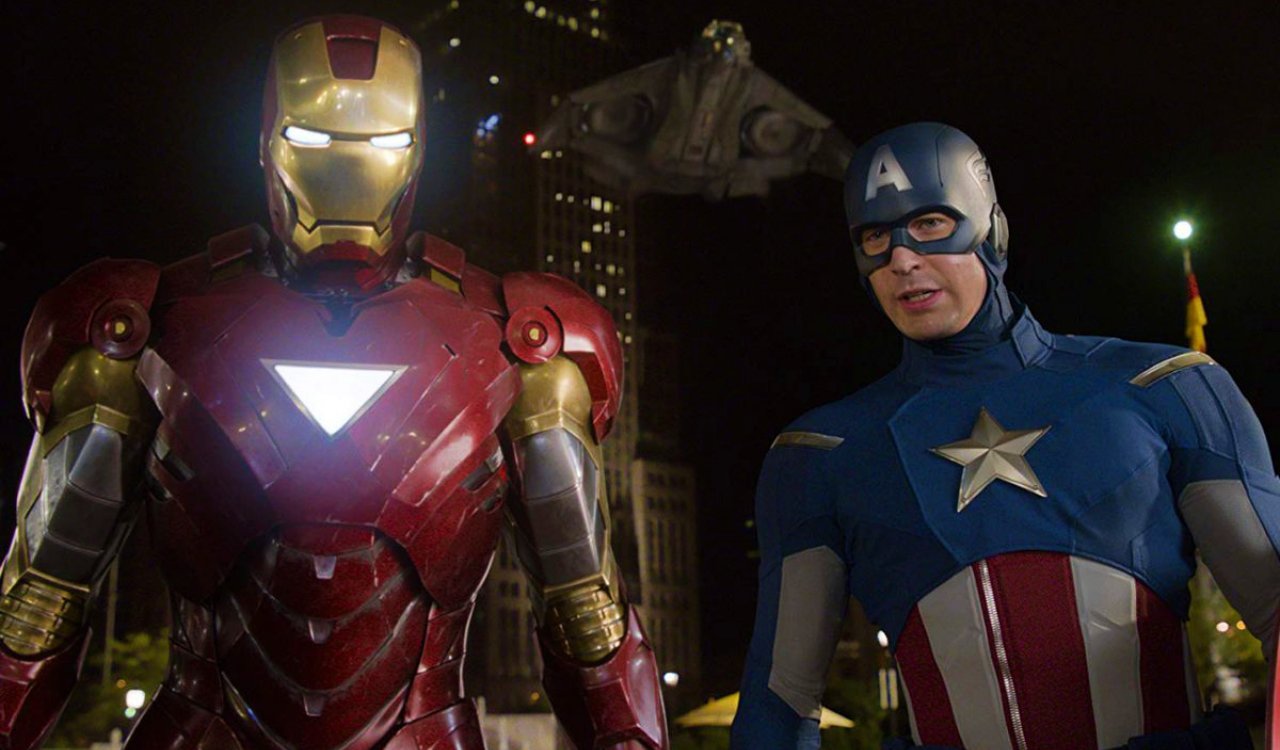
Where Do We Find this Stuff? Here Are Our Sources:
Marvel Comics
Marvel Studios
The Walt Disney Company
Netflix
Sony Entertainment

